Embrace The Walking Culture
By Lee Pace
Sandhills Embraces Walking Culture
Lee Pace has written about the Sandhills golf community for more than three decades and is an avowed walking golfer. His “Good Walks” books is available from UNC Press and wherever books are sold.
A memorandum in March 1969 from Peter Tufts, son of Pinehurst Resort & Country Club co-owner Richard Tufts, to the management committee at Pinehurst noted that golf carts had accounted for a net profit of more than half a million dollars from 1963-69. But storing, charging and servicing them were becoming a major burden on the club staff. “The electric cart operation at the club is a thriving, growing, leaping, profitable monster that now might be best described as Excedrin headache #264 (the number of cars we must service to supply the demand),” Tufts wrote. “There appears no letup in the trend of increased usage of these vehicles in the next few years.” Fortunately, for those who prefer to sling a bag over their shoulders, push a trolley or hire a caddie, the pendulum is swinging back in the early 2020s, both in how the game is played and how courses are designed and maintained. Many new golf venues of the 21st century are walking oriented, and less reliant on irrigation and chemicals for course maintenance. Courses that two decades ago required golfers to ride a cart are leaving transportation to choice — Pinehurst Resort & Country Club, with its nine courses, included.
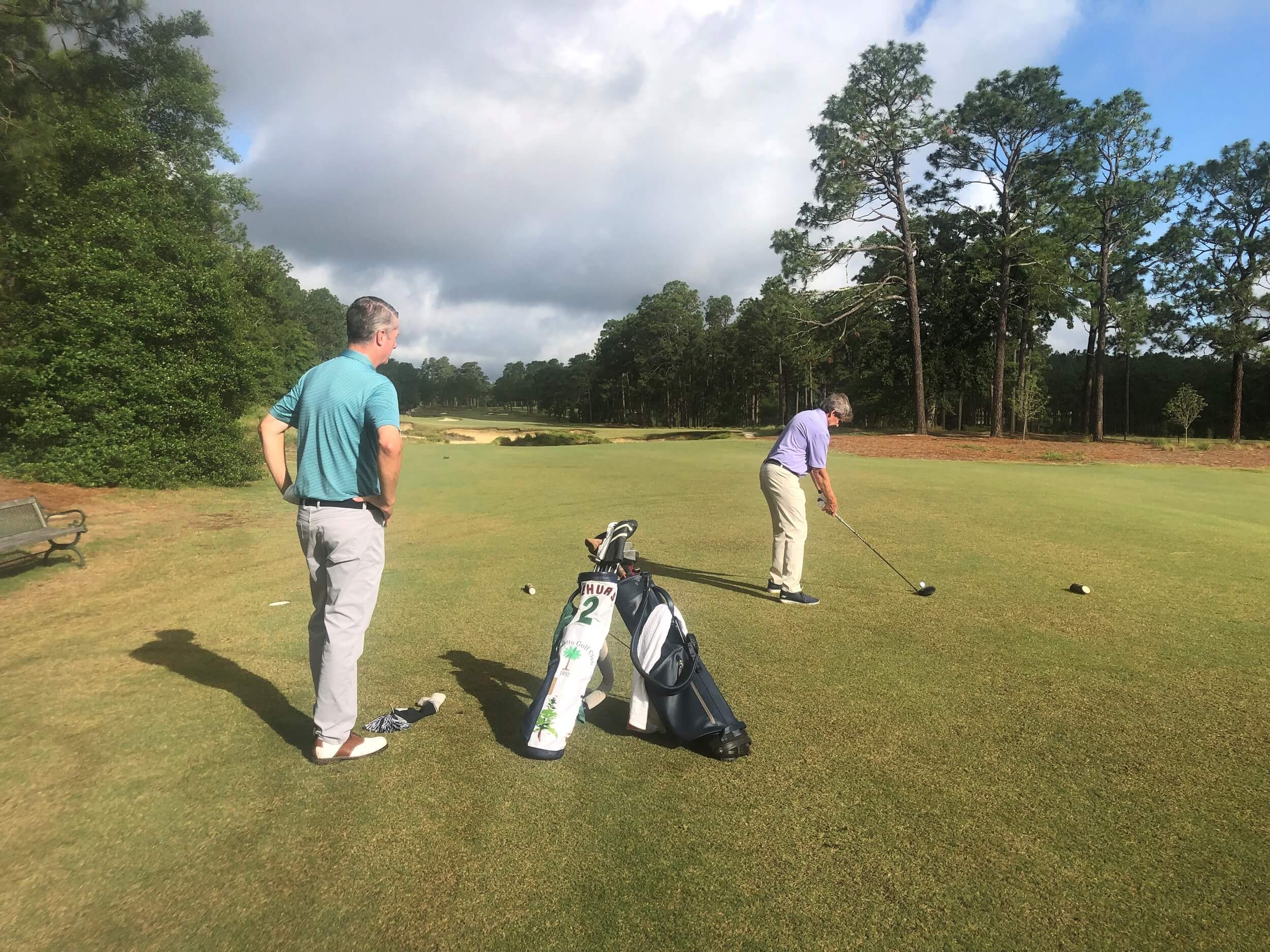
“So many other places allow you to walk and carry your bag,” says Ben Bridgers, director of golf at Pinehurst. “People would ask us and we’d have to say no, and it became a negative. I like to get out and walk, and carry. It’s good exercise and it’s refreshing. Walking is an important tradition in golf and something we should support. More and more we’d hear it. It just didn’t make sense to say no.”
Two golf architects whose thumbprints are felt at Pinehurst are Bill Coore, who with partner Ben Crenshaw restored Pinehurst No. 2 to its rough-hewn texture in 2010-11, and Gil Hanse, who redesigned Pinehurst No. 4 in 2018 and built the popular Cradle short course in 2017. Both are unabashed fans of walking and ditching the motorized mode of transportation.
“I, for one, am happy to see significant movement toward encouraging walking,” Coore says. “We’re all into this thing of, ‘We’ve got to speed up golf.’ I’m convinced you can walk and play golf faster than you can ride — assuming the course is closely knit and walkable. You don’t slow down the time it takes to play the round, but you slow down the process of getting from one shot to another. You’re able to take in nature that’s unfolding right in front of you, step by step. For a game that began in nature over very natural landscapes, it seems like to this day that should be an important part of it.”
“Cart paths. I hate cart paths,” adds Hanse. “I just absolutely abhor them. That’s probably the most unfortunate aspect of American golf. I’m a big believer that unless you need a cart to play golf from a physical standpoint, you should be walking. The course is intended to be felt through your feet; it’s intended to be observed and absorbed at three miles an hour, and not 40 miles an hour.”
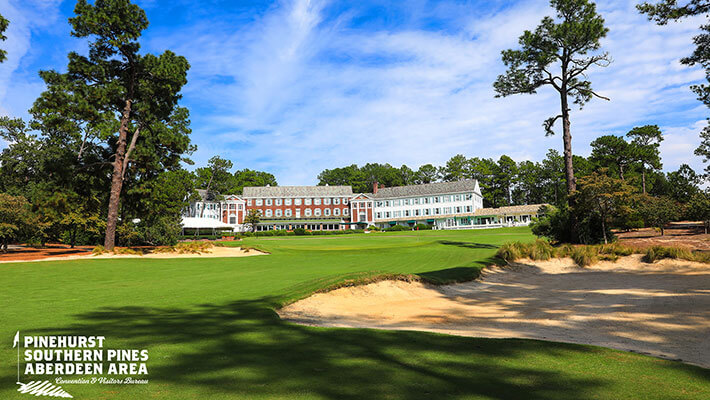
Many courses in the Sandhills are walkable and have vibrant walking cultures, and I featured three of them in my book, Good Walks — Rediscovering the Soul of Golf at Eighteen Top Carolinas Courses. Pinehurst No. 2, Mid Pines and the Dogwood Course at the Country Club of North Carolina are prime exhibits.
Tom Harmicar lived in Pinehurst from 2007-18 and was a Pinehurst Country Club member and part-time caddie on the No. 2 course. He often noted the inconvenience and wasted time for golfers choosing to ride the course, with carts restricted to the extremities of the fairways and greens.
“This golf course was not meant to be played out of a golf cart,” he says. “Riding a cart here is like going to ‘31 Flavors’ and ordering vanilla.”
“You get to the ball too fast when you’re riding,” caddie Willie McRae said on one of his thousands of treks around the course throughout more than 70 years, before his death in 2018. “There’s no time to think.”
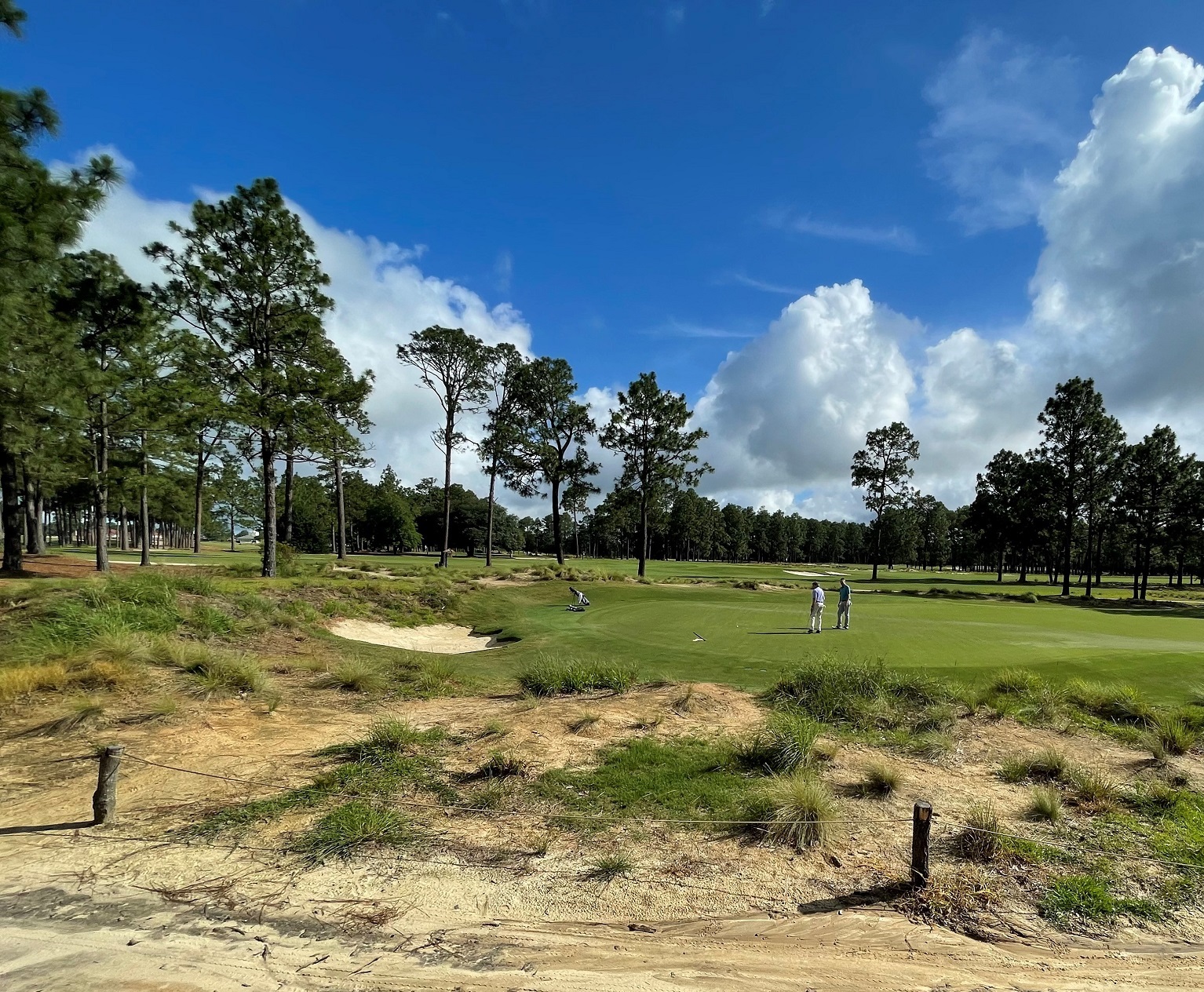
Joe McCullough had played decades of walking golf in the Philadelphia suburbs as the early 2000s unfolded, when he began scouting for places to retire. Having a quality golf venue he could walk was at the top of the list. He’d heard of the Pinehurst “Walking Club,” a group of members who gathered on weekday afternoons to walk No. 2 and thought it perfect. He and his wife bought a house and joined Pinehurst in 2012. At an orientation gathering, he was told the “Walking Club” no longer existed.
“I panicked,” he says. “I thought I’d made the biggest mistake in my life.”
He was quickly told by a pro on the golf staff that the club was disbanded because Pinehurst now allowed members to walk all its courses at any time. The resort has subsequently extended that privilege to guests, as well.
“I thought, ‘man, I’ve just won the lottery,’” says McCullough, who at 72 years of age in 2021 plays all of Pinehurst’s courses by foot.
Tom Pashley, president and CEO of Pinehurst Inc., said in the spring of 2020 after his resort’s nine courses had reopened under strict virus-containment protocols: “One of the things I hope comes out of this is that more people will enjoy the walking game. I think that can be a nice outcome — more people walking the golf course.”

Pine Needles, Mid Pines and Southern Pines Golf Club are three vintage Sandhills layouts designed by Donald Ross that have long been favorites of walkers, and are now under the same ownership group. Jeff Loh lives on the eighth fairway at Pine Needles, a 1928 Donald Ross design, and picked his house only after he learned that the cart paths were on the opposite side of the fairway from his backyard.
“Who wants golf carts passing out your window all day?” he muses.
Loh enjoys playing both Pine Needles and Mid Pines (opened 1921) with hickory-shafted clubs, and generally carries six to eight clubs in a vintage “pencil” bag.
On any given hole on the back nine at Mid Pines, he’ll survey the pine trees, the fairways, the wiregrass and all the exposed sand and marvel how it stands in contrast to the look prior to a 2013 course restoration by golf architect Kyle Franz — less a blanket of grass tree line to tree line, and more a mosaic of the native sand and its accompaniments of pine needles and cones and assorted vegetation.
“Your heart rate picks up a beat or two on this part of the course,” he says. “This routing is ludicrously good. They say good wine has a sense of place — terroir. This course has quite the sense of place. It’s unique to the Sandhills. When it was all Bermuda, it could have been in Connecticut, it could have been anywhere.
“And to appreciate it more, you walk.”
Walking Mid Pines on a summer morning, Loh speaks of his connection to the game, and finding and maintaining it on foot.
“I grew up caddying,” he says. “It’s natural. It’s the way I learned the game. It’s the way it should be played. Exercise to me is a huge part. I do try to exercise anyway, but golf is a big component of that.”

Jay Mickle is another regular walker at Mid Pines, Pine Needles and Southern Pines. He grew up playing McCall Golf & Country Club in suburban Philadelphia in the 1960s. Carts were not part of the equation.
“I’ve never done anything but walk,” he says. “Carts were high society, resort course stuff. The kids at the bag drop here make fun of me. It can be 90 degrees and they’ll say, ‘Mister Mickle, you want to take a cart today?’ No, thank you. I’m a confirmed walker.”
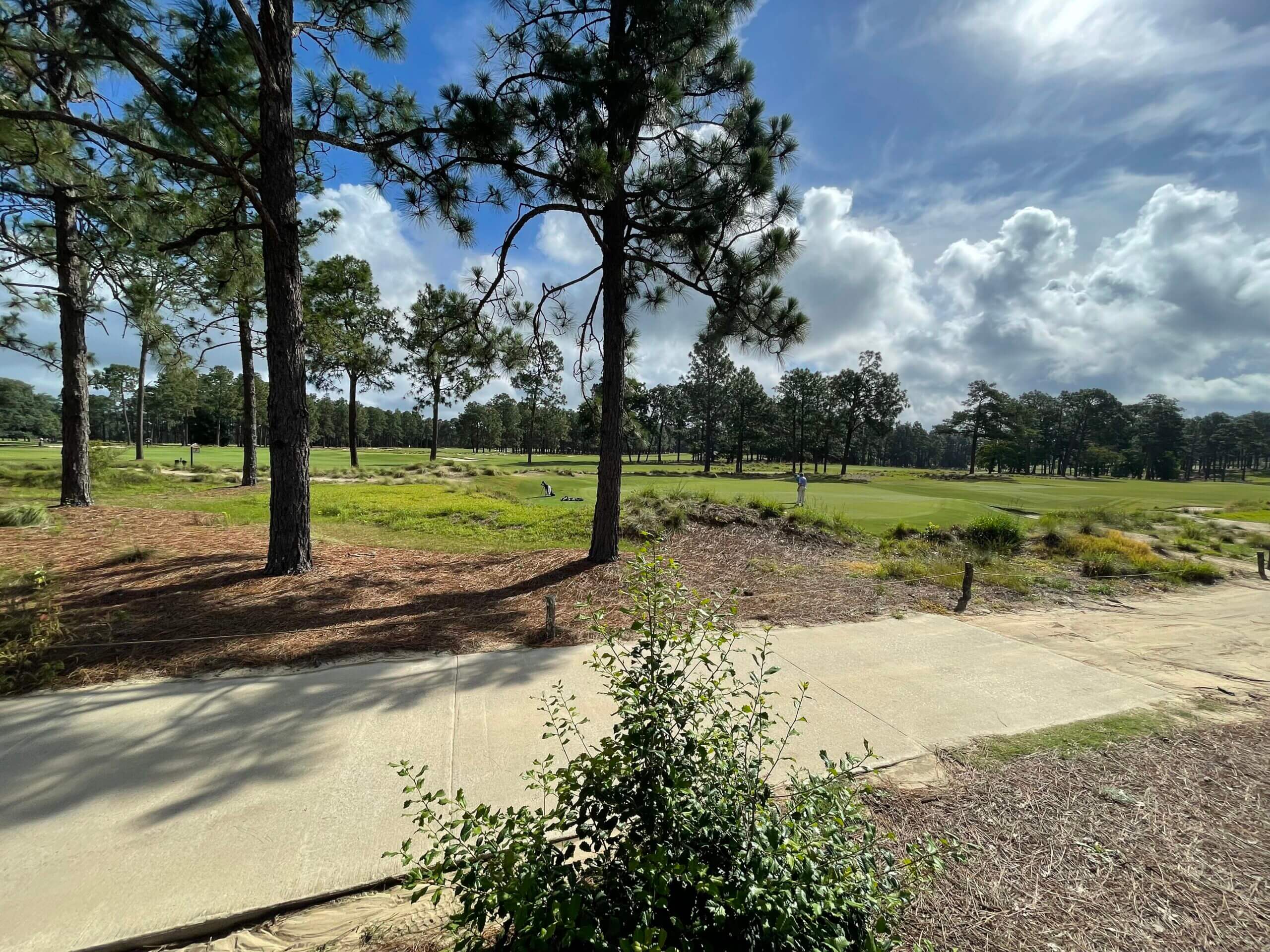
World Golf Hall of Fame member Peggy Kirk Bell and her family have owned Pine Needles since 1953, and they purchased Mid Pines in 1994. Though Mrs. Bell passed in 2016, her family and their partners have continued to emphasize traditional golf experiences. In 2020, the group added Southern Pines, which opened with 18 holes in 1912. Frantz has been renovating the course during the last year, and it will be completed by the fall of 2021.
“I have long believed Southern Pines is the best routed course in Moore County,” says Ran Morrissett, who lives nearby and plays Southern Pines regularly. “It’s an outstanding course and a terrific experience. And you have to walk it to understand how great the land is. I always leave more invigorated than when I arrived.”

Dr. John Ellis joined CCNC, which in July 2021 will host the U.S. Junior Amateur championship, in 1973, and has served on numerous boards and committees, and in officer roles. He remembers the USGA’s initiative in the early 2000s to promote walking and took the lead within the club to develop a policy to encourage members to walk.
“We developed a policy that said we think walking is a part of the game and should be allowed,” says Ellis, an orthopedic surgeon. “You can really enjoy the game walking. As a doctor, obviously it’s the right thing to do for your health. We realized we would lose some income on the carts, but felt it was the right thing to do. Allowing walking better met the needs of our members, which is what a private club is supposed to do anyway.”
Ellis remembers one member standing up a meeting and suggesting they apply a “trail fee” to walkers.
Ellis told the gentleman: “We encourage people to walk and hope you will, too.”
Other Blogs
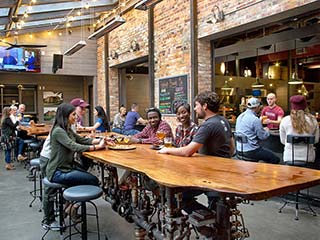
10 Great Things To Do
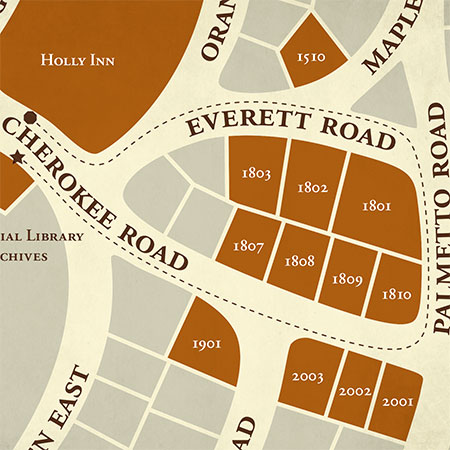
Discover The Path To Pinehurst’s Past

Insider Golf Tips
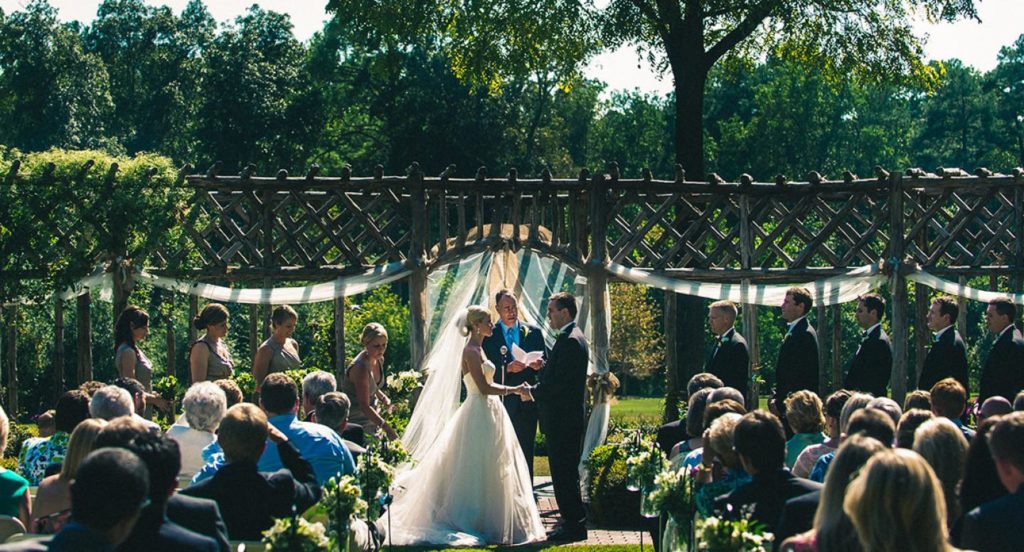
Unique Wedding Venues

North Carolina Couples Vacation
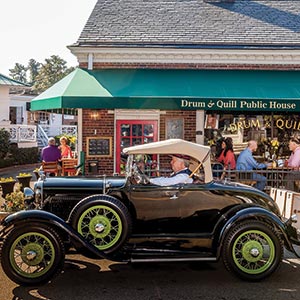
Our Favorite 19th Holes in the Home of American Golf

Girlfriend Getaways
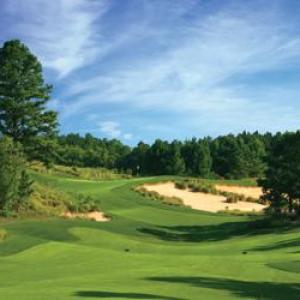
Tobacco Road: A Truly Unique Golf Adventure
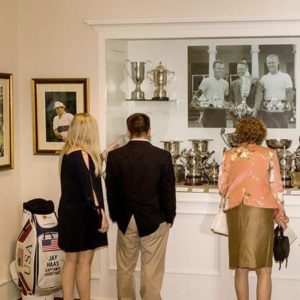
Carolinas Golf Association Hall of History

Where the Ladies Golf
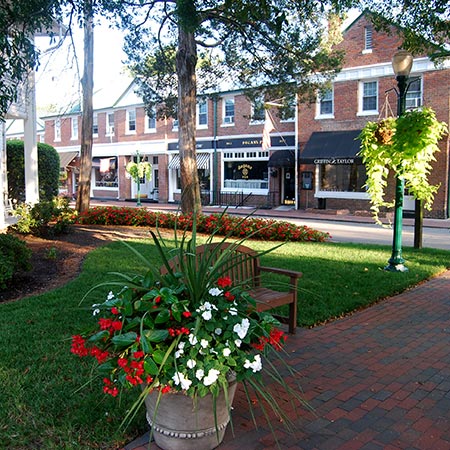
Romancing Pinehurst
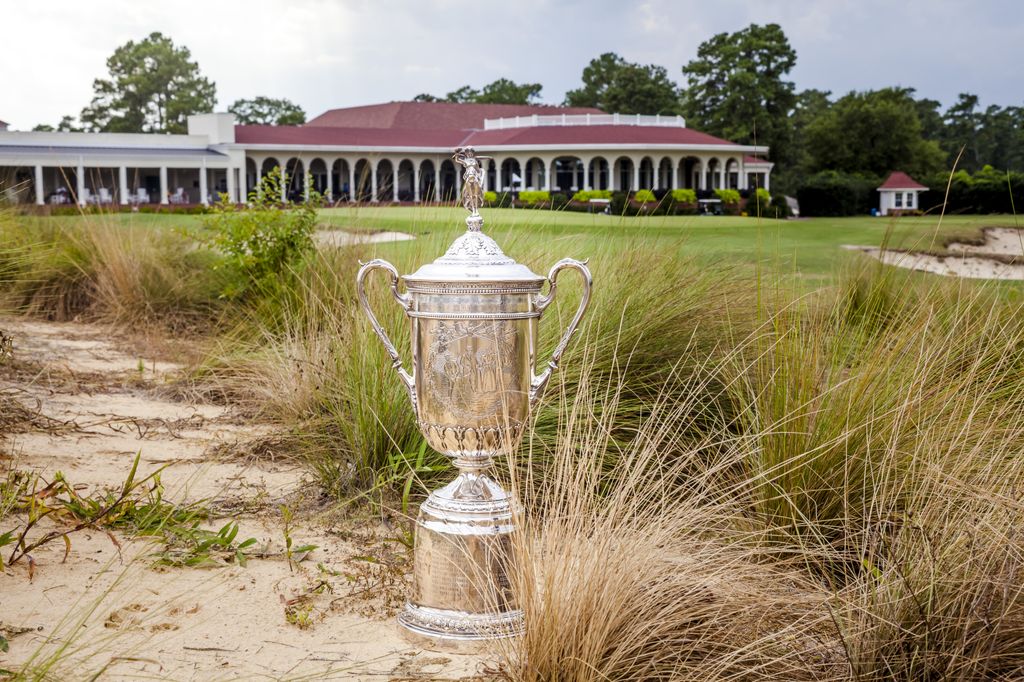
Home of American Golf and U.S. Open Connections
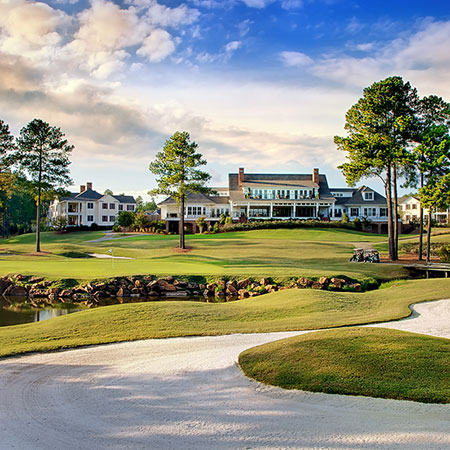
Former U.S. Open Champions Provide Pinehurst Area Some of Its Finest Designs

Donald Ross First of Many Architects to Design U.S. Open-Quality Courses in Sandhills
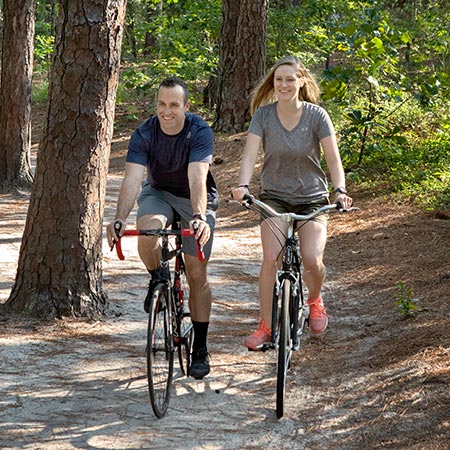
Sandhills Offers Outstanding Variety of Outdoor Activities
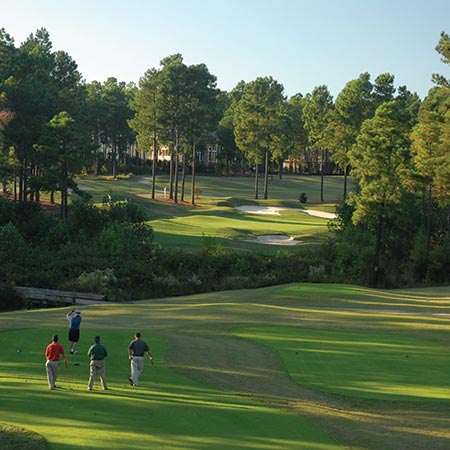
Buddy Golf Trip
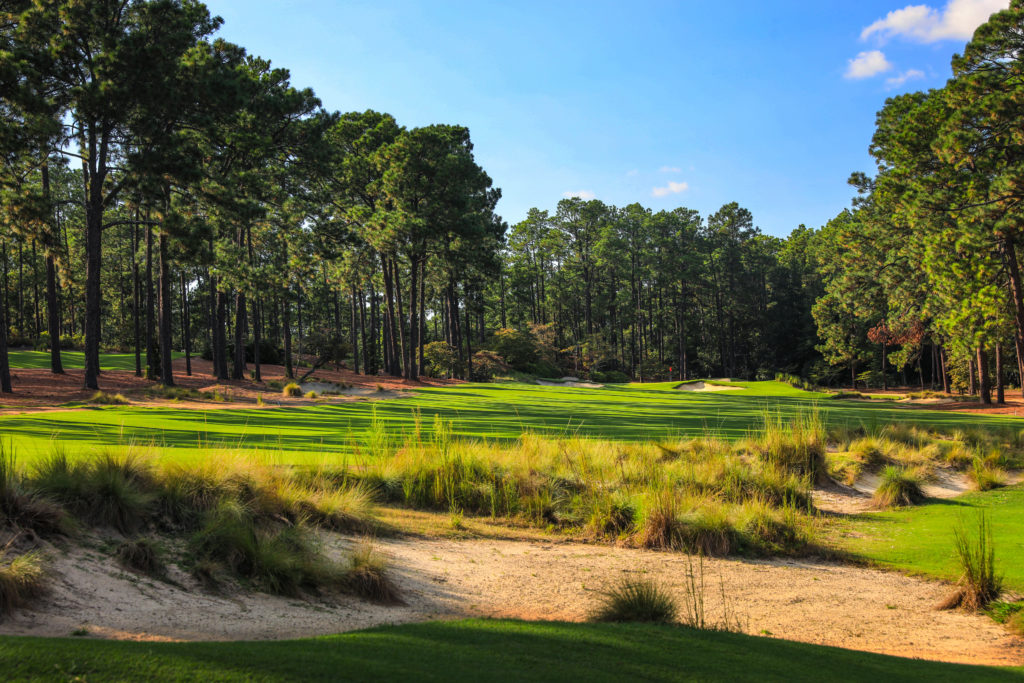
18 Holes of Local Knowledge for the Sandhills Golfer
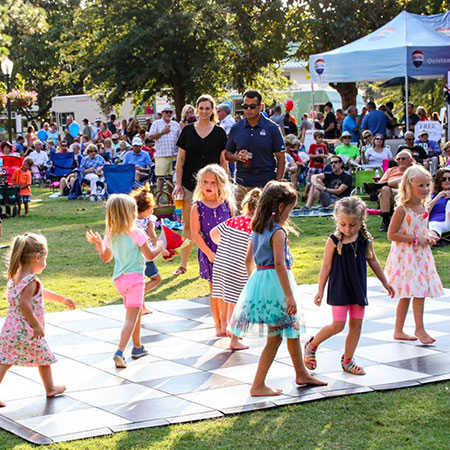
The Family Fun Trip
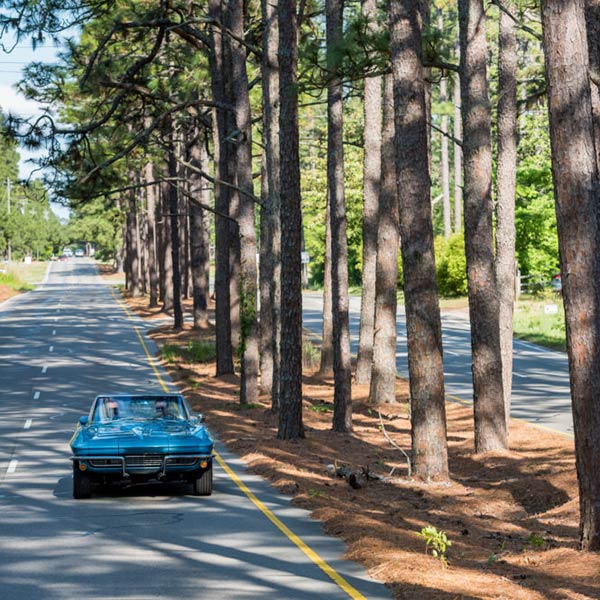
Midland Road: The “Fifth Avenue of Golf”

Collards, Community and Collaboration
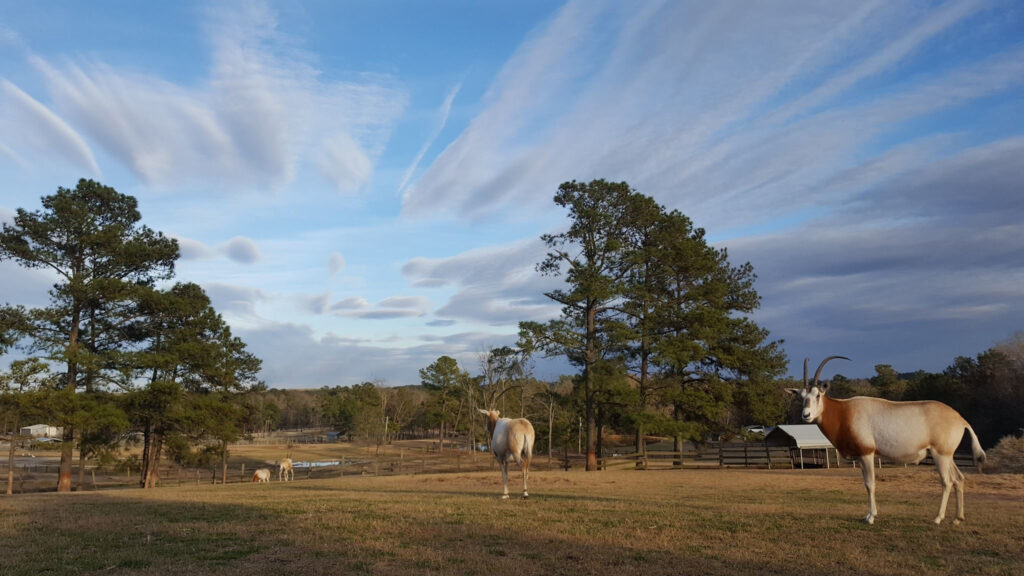
10 Little-Known Facts About North Carolina’s Pinehurst/Southern Pines Region

Sandhills Holiday Gift Guide
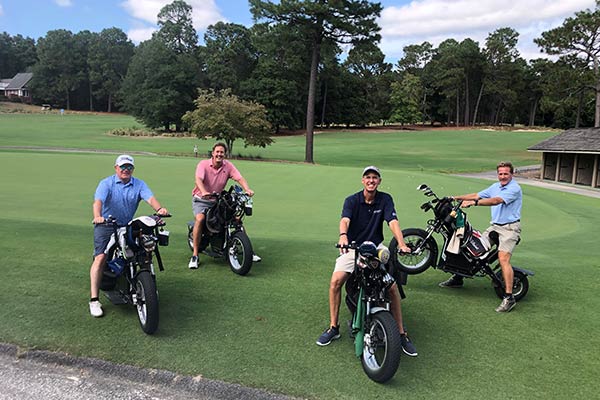
Spring Primer: Local Knowledge from the Home of American Golf

Our Favorite Coffee Shops in the Sandhills
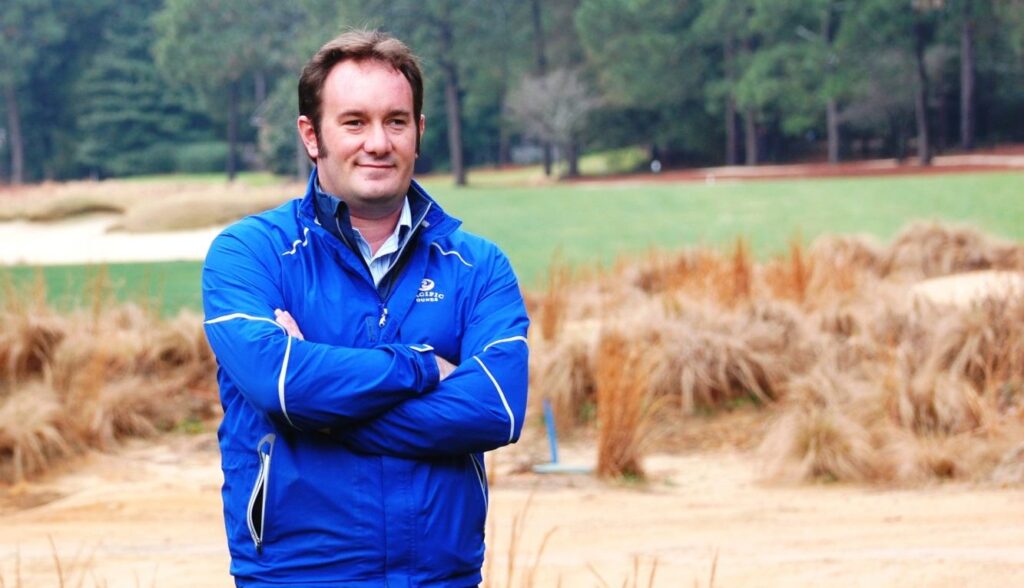
Franz Creating Legacy on the Links

Bring Fido! Pet-Friendly Finds Among the Pines
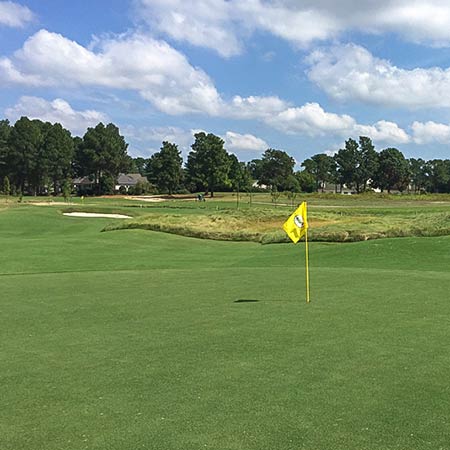
Bottlebrush: Pinehurst Area’s Best Kept Secret

Franz Part 2: The Legacy Continues

Why Visit Pinehurst If You Don’t Play Golf?

First Timer’s Guide to Pinehurst
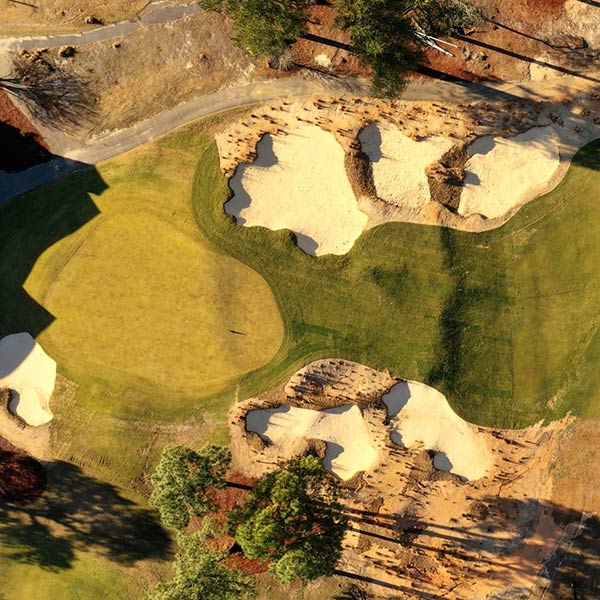
Franz Part 3: On Sandhills Topography
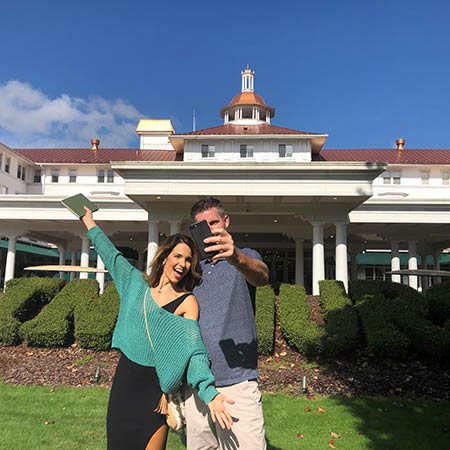
Top 10 Places for a #Sandhills Selfie
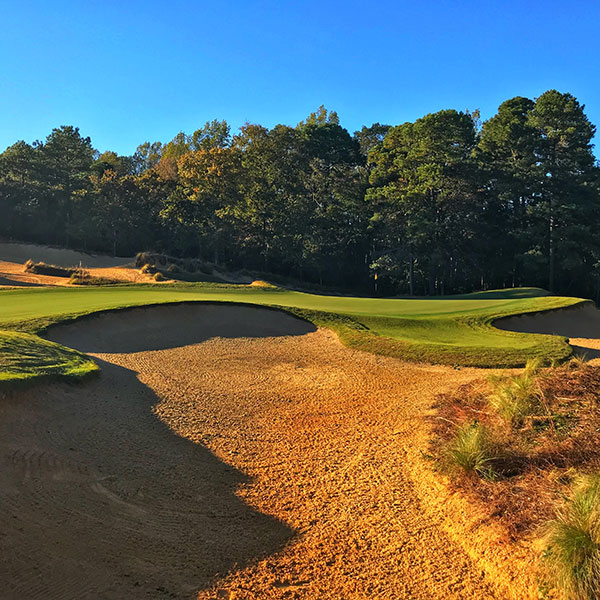
“Bermuda Revolution” Around Sandhills Leads to Ideal Year-Round Golf

Hunger Games – Sandhills Golfers Dining Guide
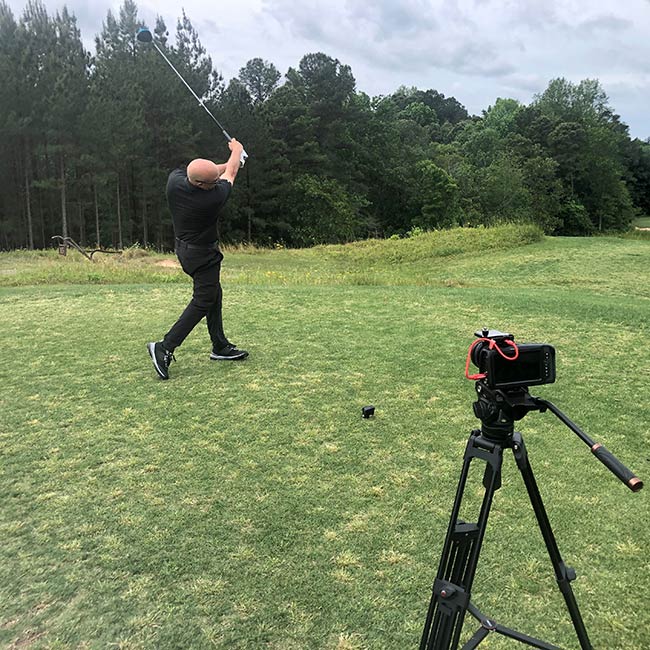
Episode 1: Golf Tips with Nick Bradley

Episode 2: Golf Tips with Nick Bradley
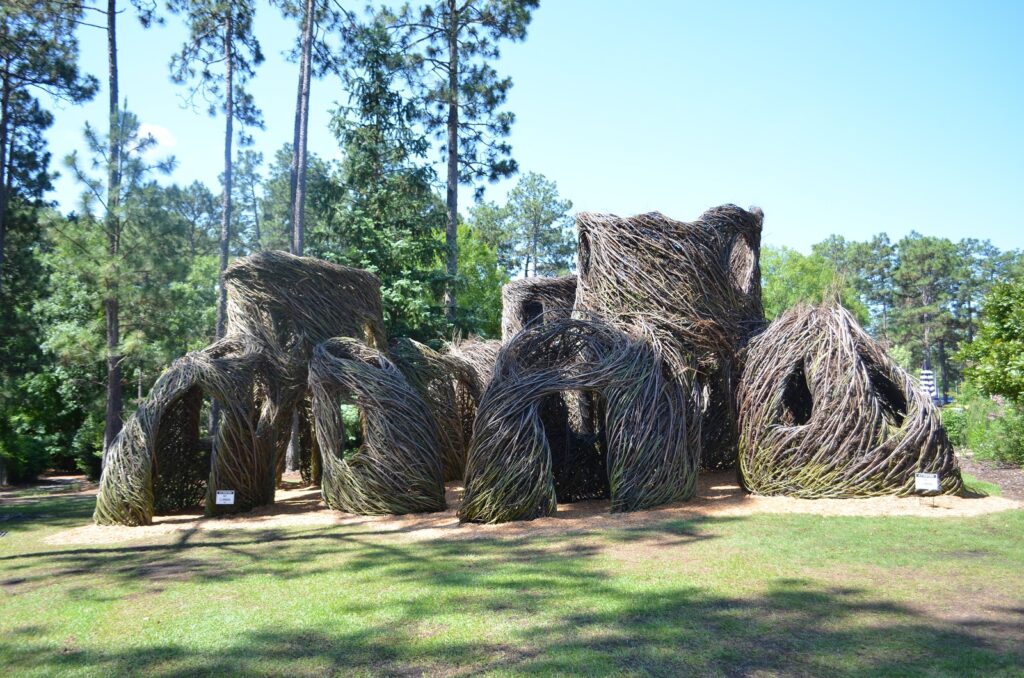
Patrick Dougherty: The Stickman Cometh

Dining A to Z

Fall Renewal in the Sandhills

Pinehurst’s Ryder Cup 1951

No. 2 Celebrates 10 Years

2004 Ryder Cup That Wasn’t
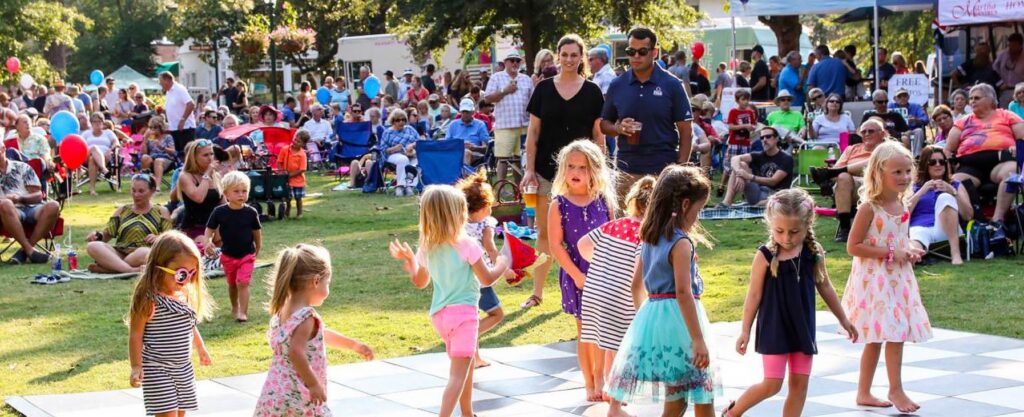
Family Fun in the Sandhills
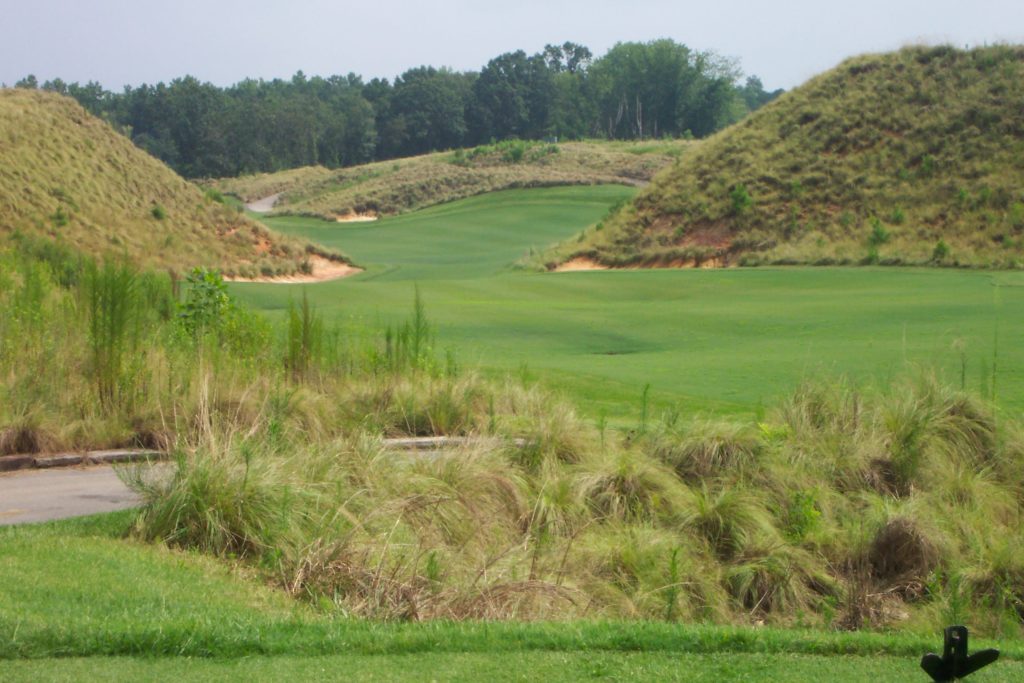
Remarkable Golf Stays in The Pinehurst Area

Couples Weekend Getaway Ideas

Nature’s Canvas: Tobacco Road

Perfect Getaway to Southern Pines

Culinary Discoveries in the Sandhills of N.C.

Restaurant Roundtable Q&A
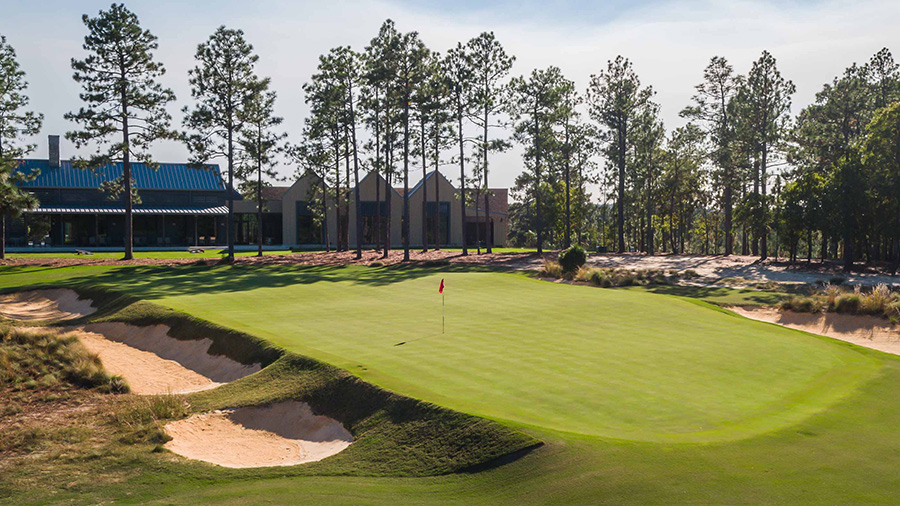
Dormie Club’s New Era
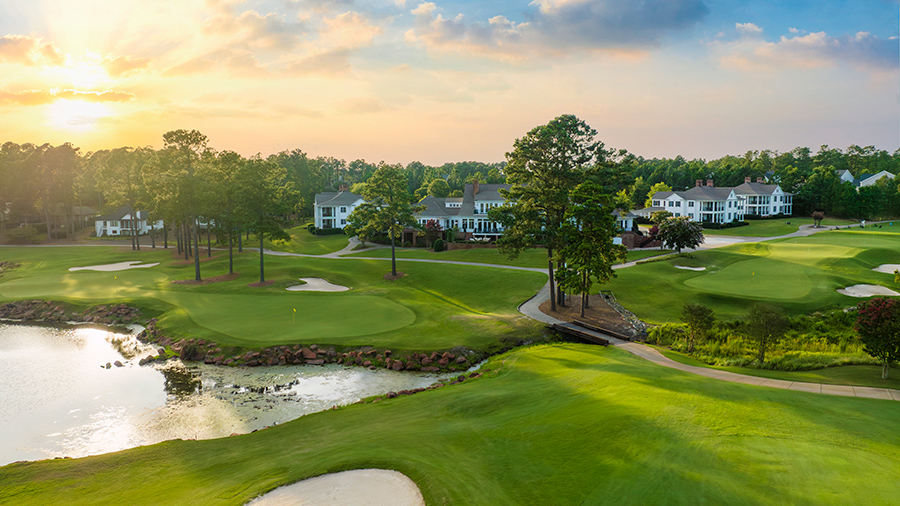
Talamore and Mid South: History of Their Own

Undiscovered Pinehurst

Off for Pinehurst
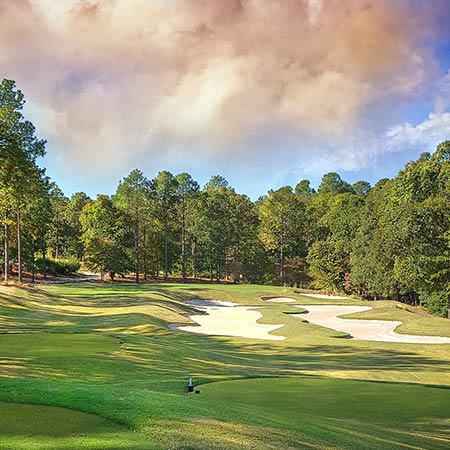
Talamore Doing More for 2022
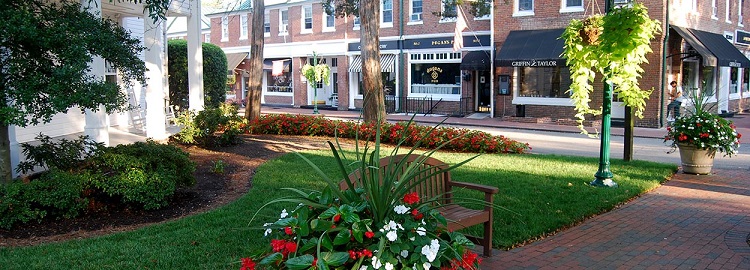
Romantic Gift Ideas In Pinehurst Area

Foodie Weekend in the Sandhills
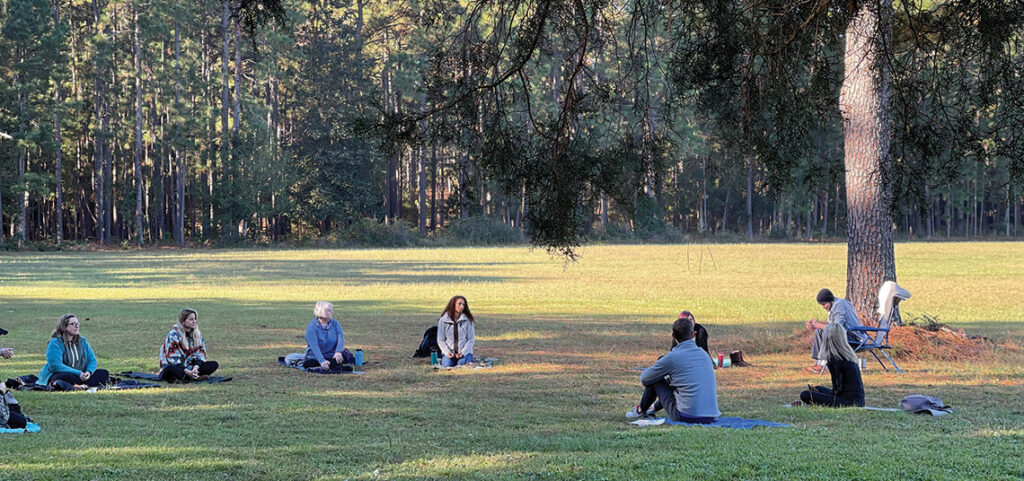
Wellness in the Pines

The Military Means Business in the Sandhills
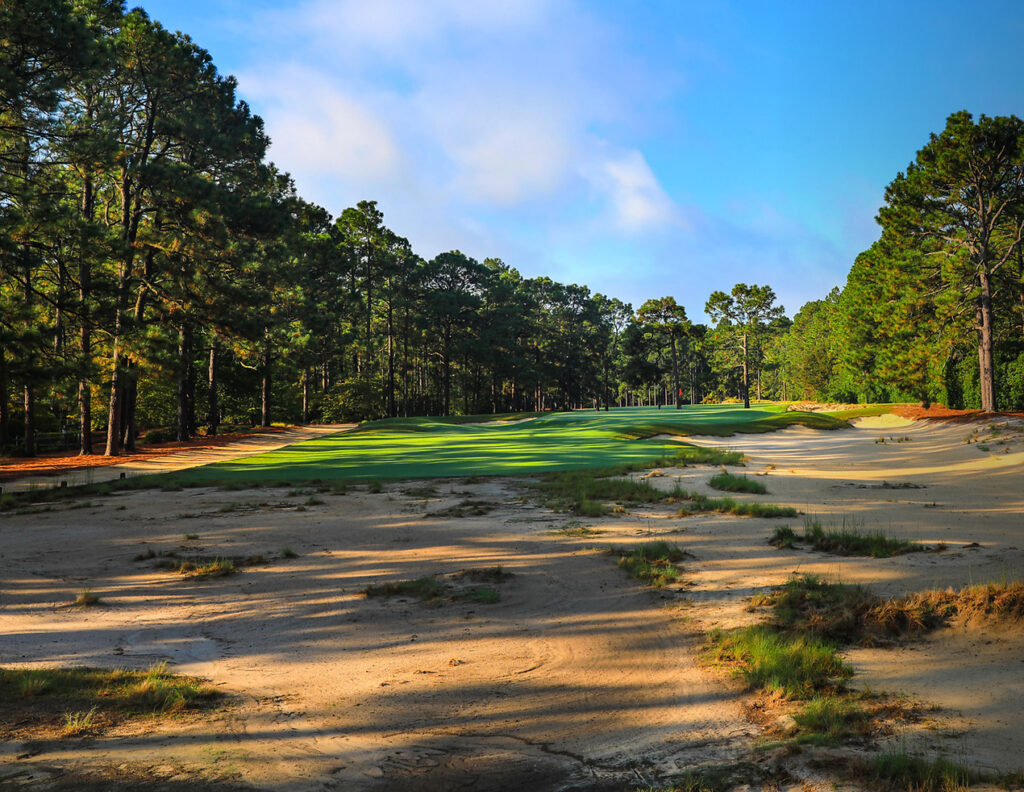
Pine Needles Goes Back in Time
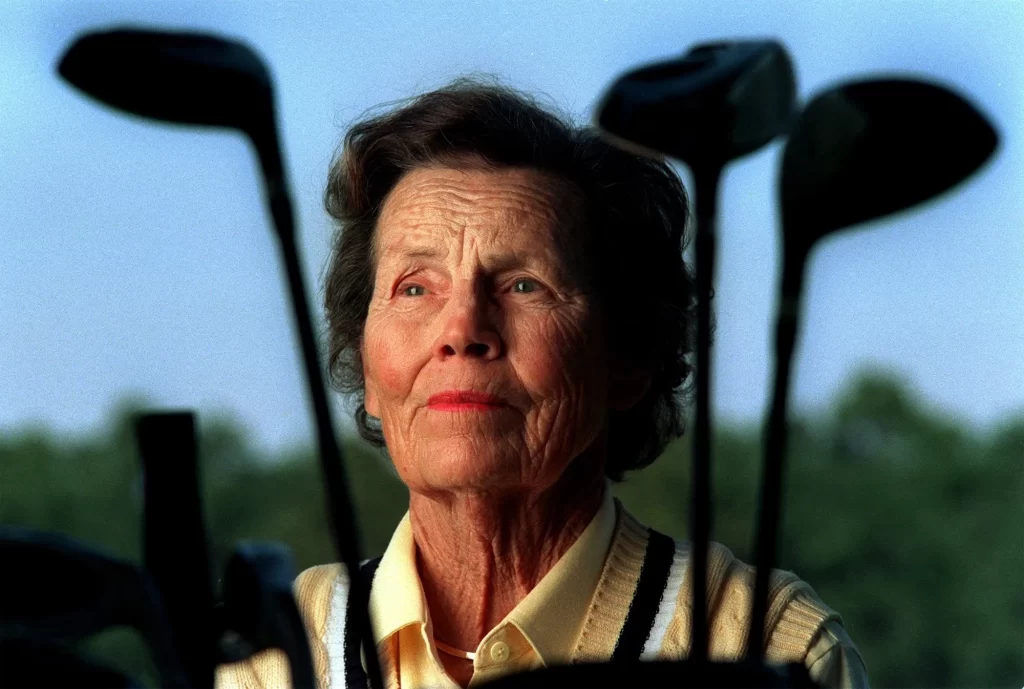
Grande Dame of Women’s Golf

A Guide to Berry Picking in the Sandhills
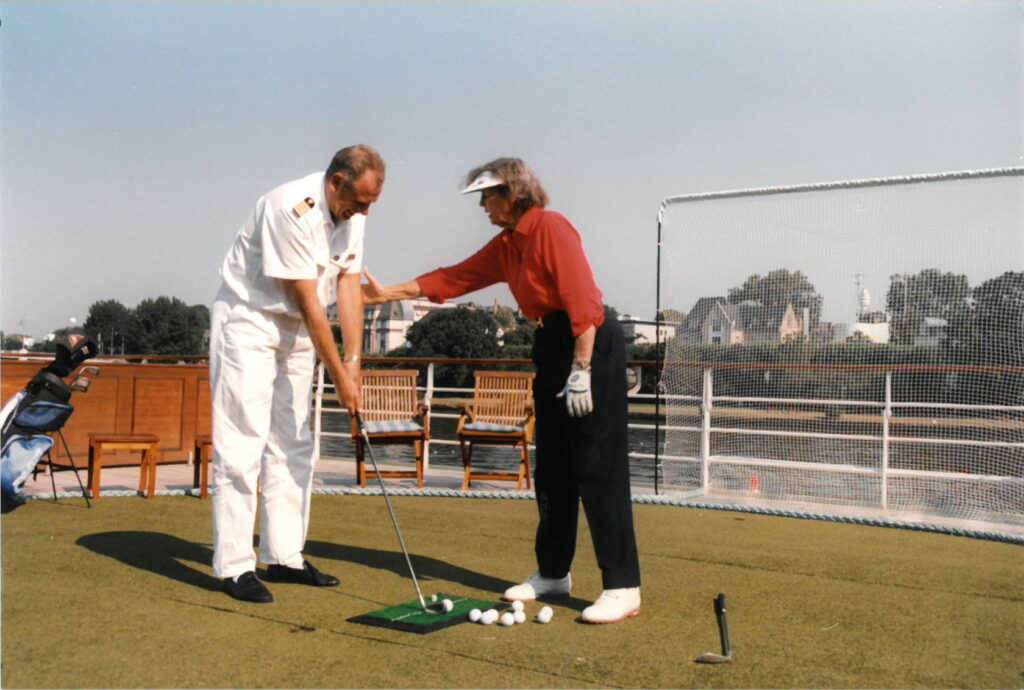
Waltzing on the Danube with Peggy Kirk Bell

From Cradle to Cradle

Donald Ross Could Golf His Ball
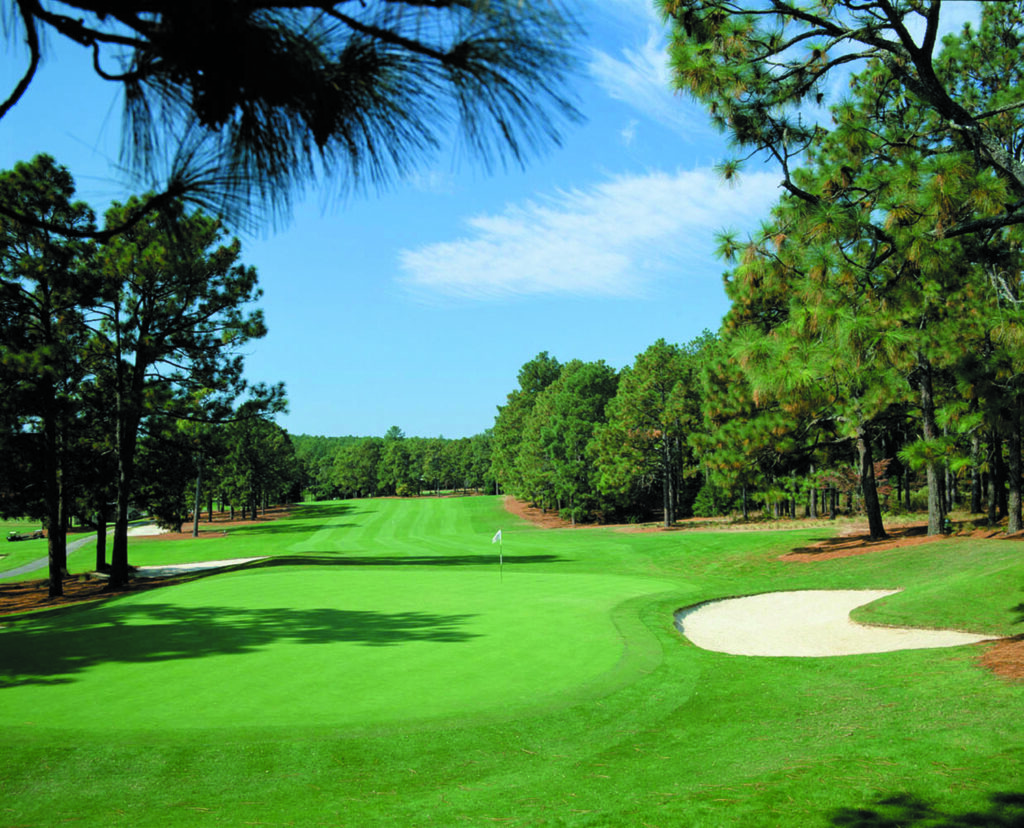
No Resting on Laurels Around the Home of American Golf
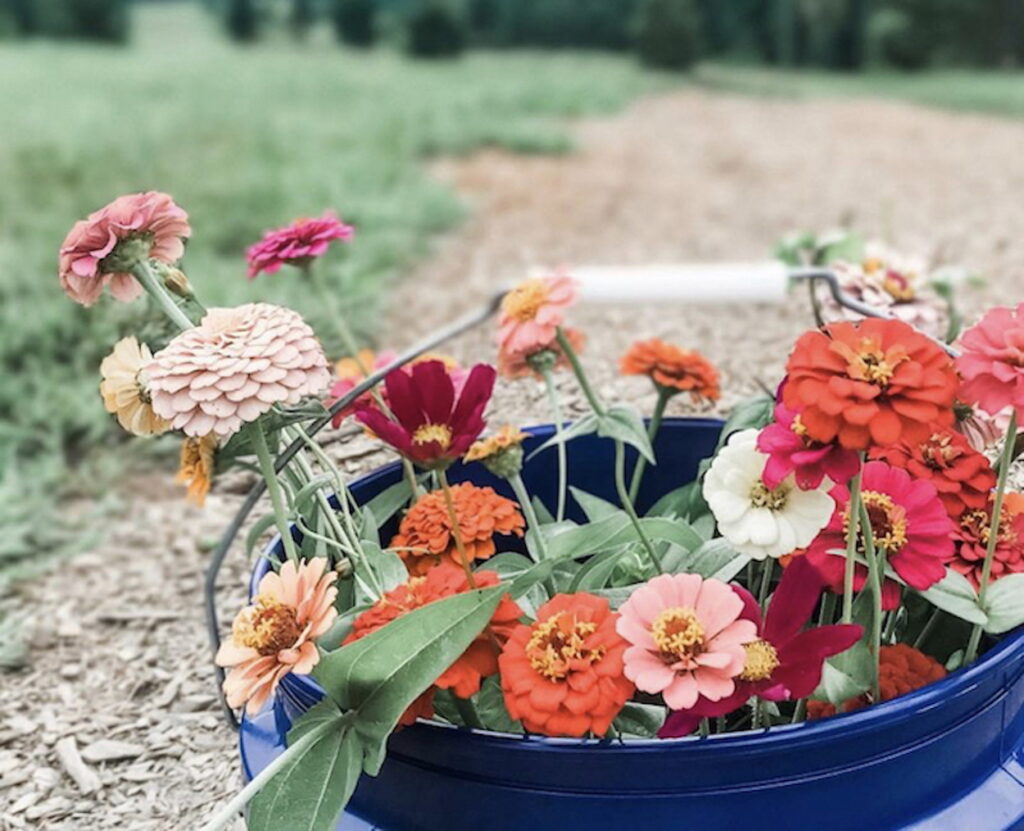
Flower Farms in the Sandhills
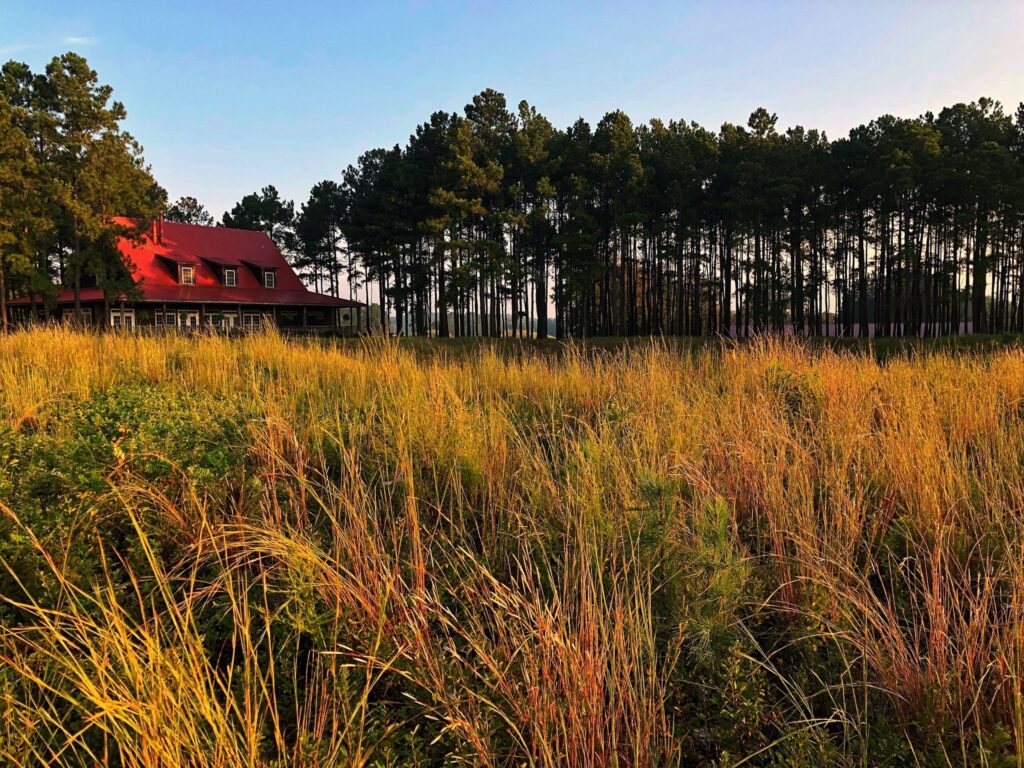
Fall into Pinehurst Golf

What Goes Around…
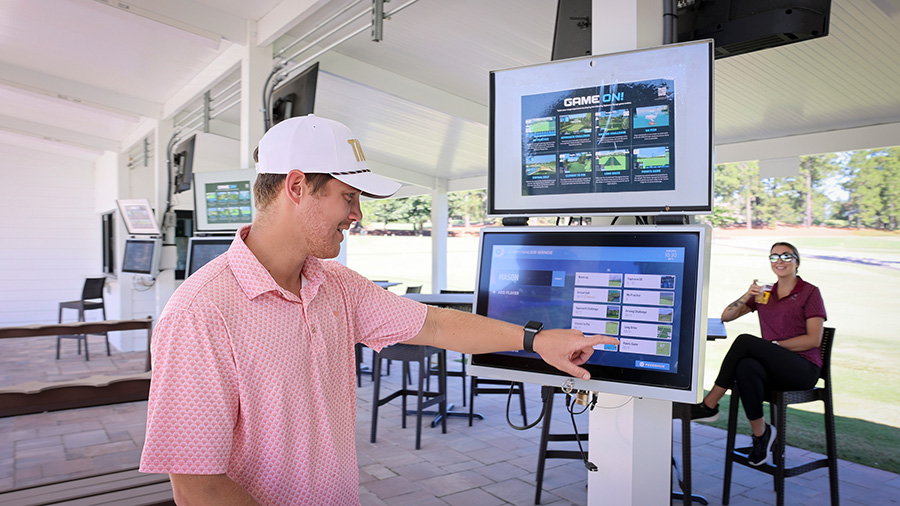
Talamore Resort Debuts New Toptracer Range

The History of the Pinehurst Inns
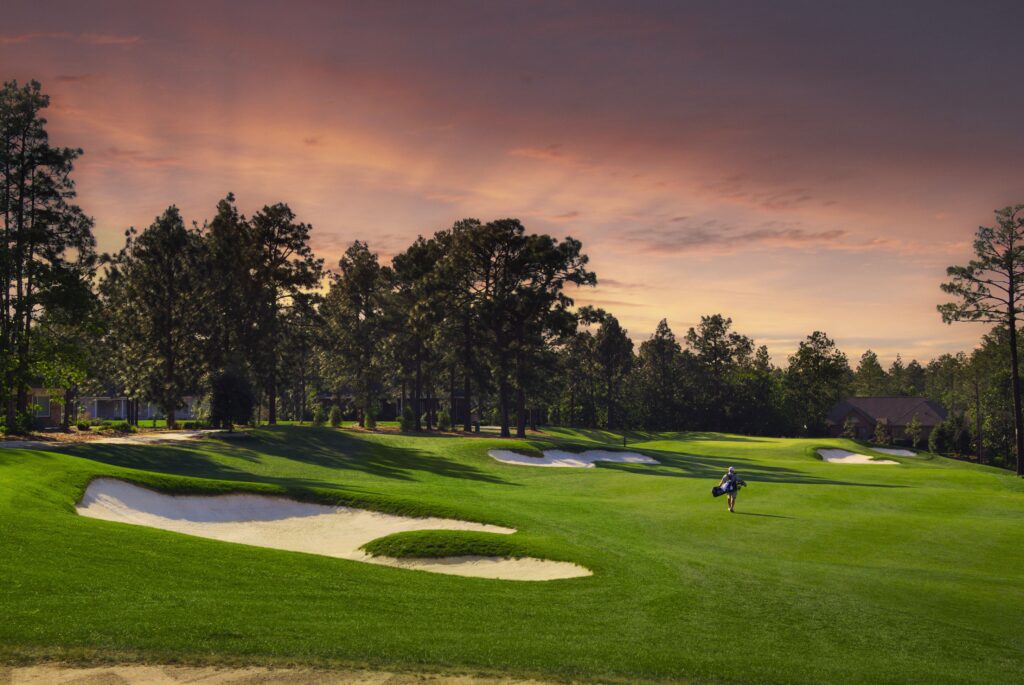
“For me, Pinehurst is such a special place for golf!”- Tom Fazio
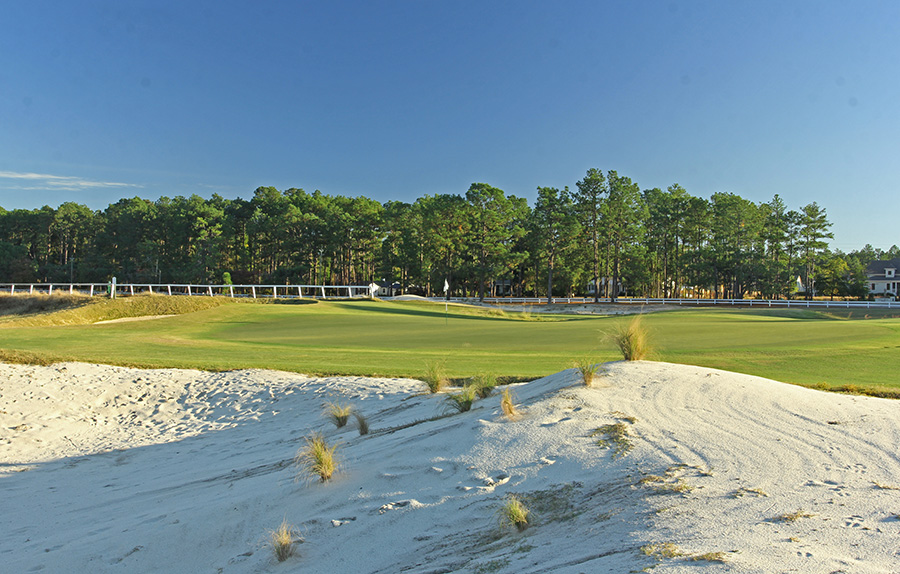
Maples Roots Run Deep in Sandhills Golf Design

New Southern Pines Mural

Pinehurst Area Buzzing with 2023 Excitement

Discover the Sweetness of the Sandhills

Celebrating the New Year in Moore County

The Big Three
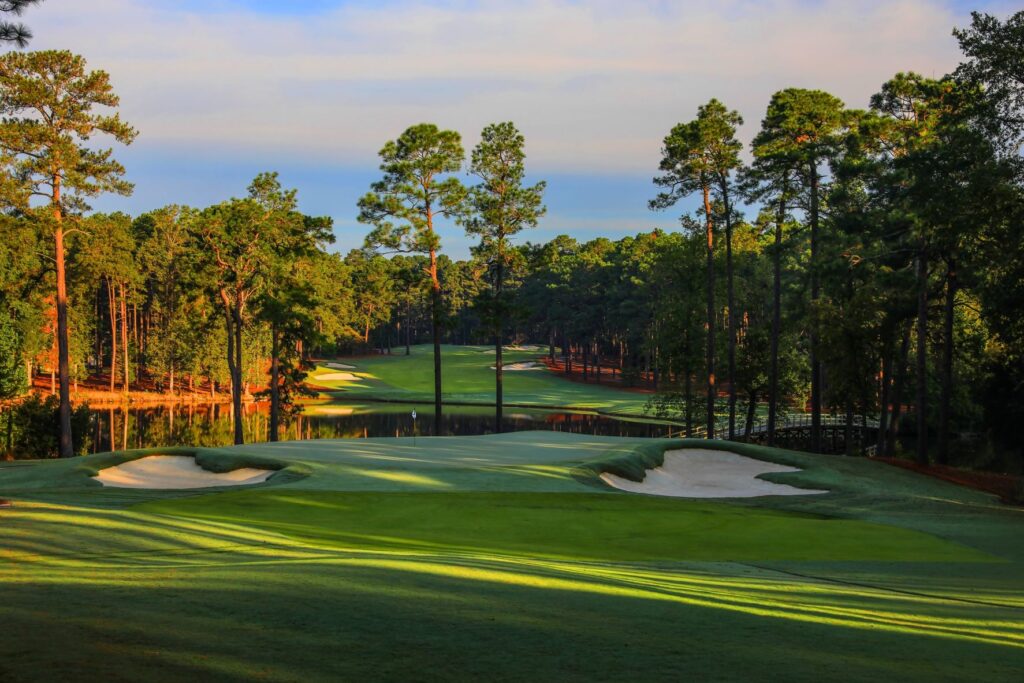
Jones Family Imprint
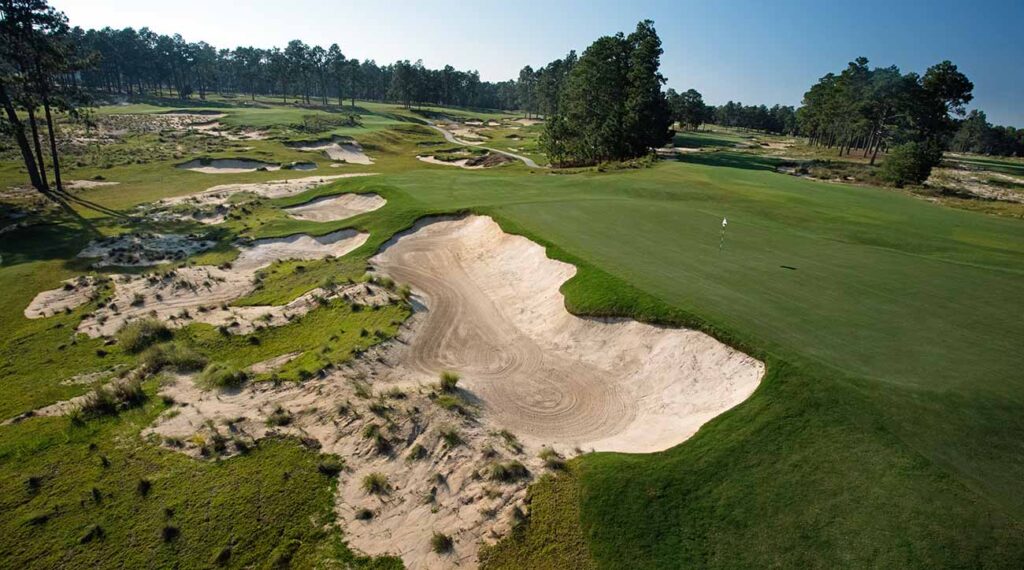
The Hanse Touch
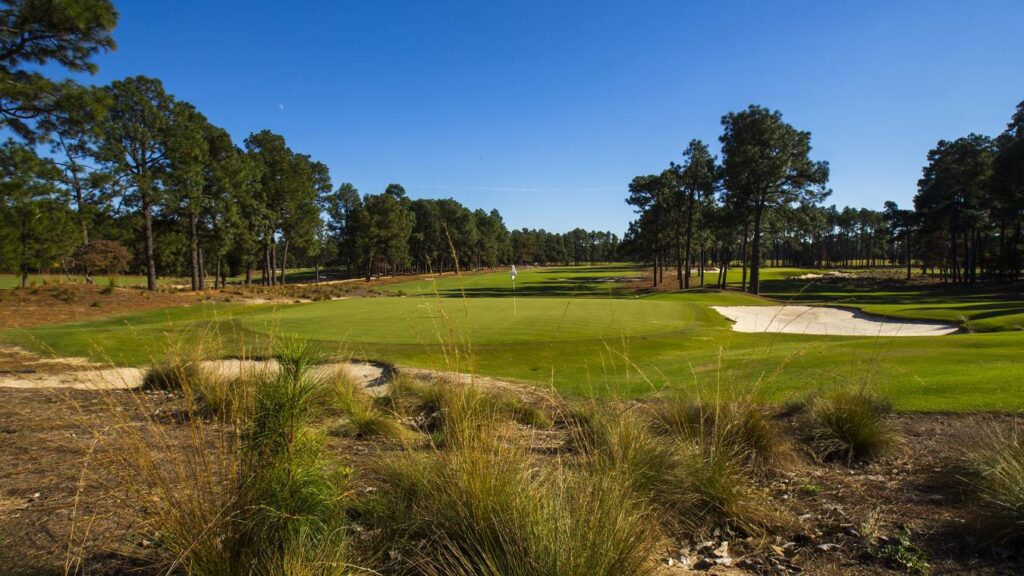
Coore & Crenshaw Roots Run Deep
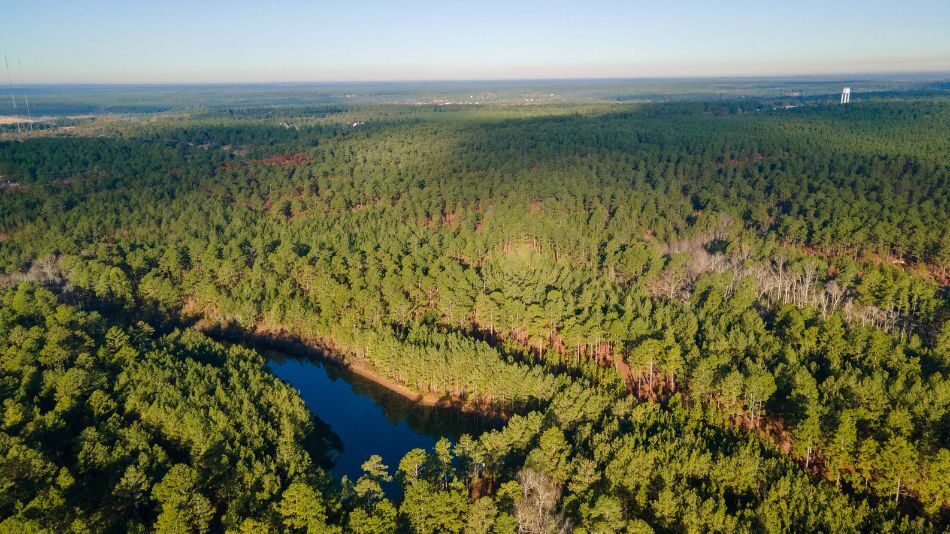
Pinehurst Resort Announces New Course to be Designed by Tom Doak
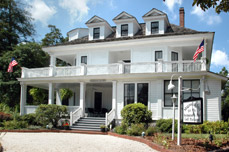
PINEHURST’S MAGNOLIA INN REOPENS
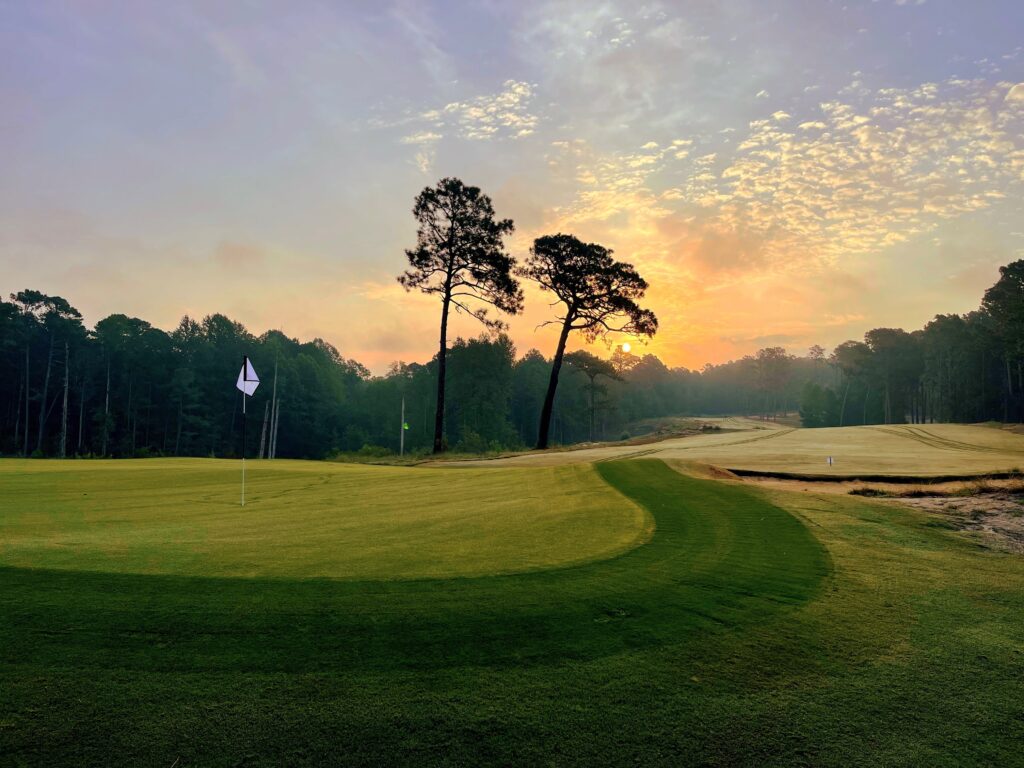
Southern Pines Golf Club Recognized
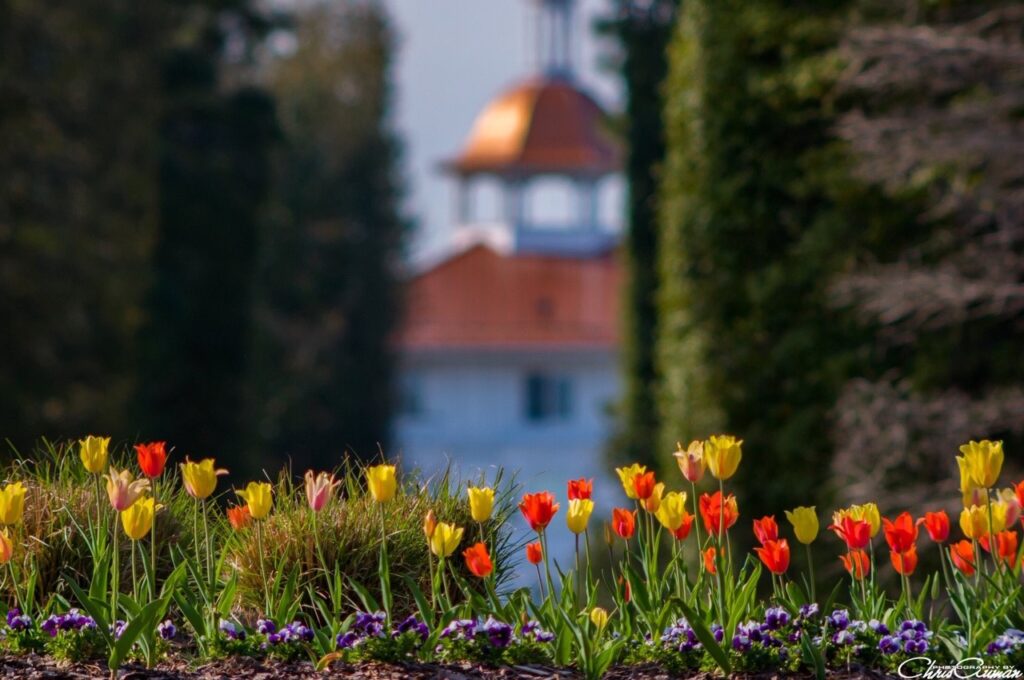
Spring in the Sandhills

Mother/Daughter Weekend in the Sandhills
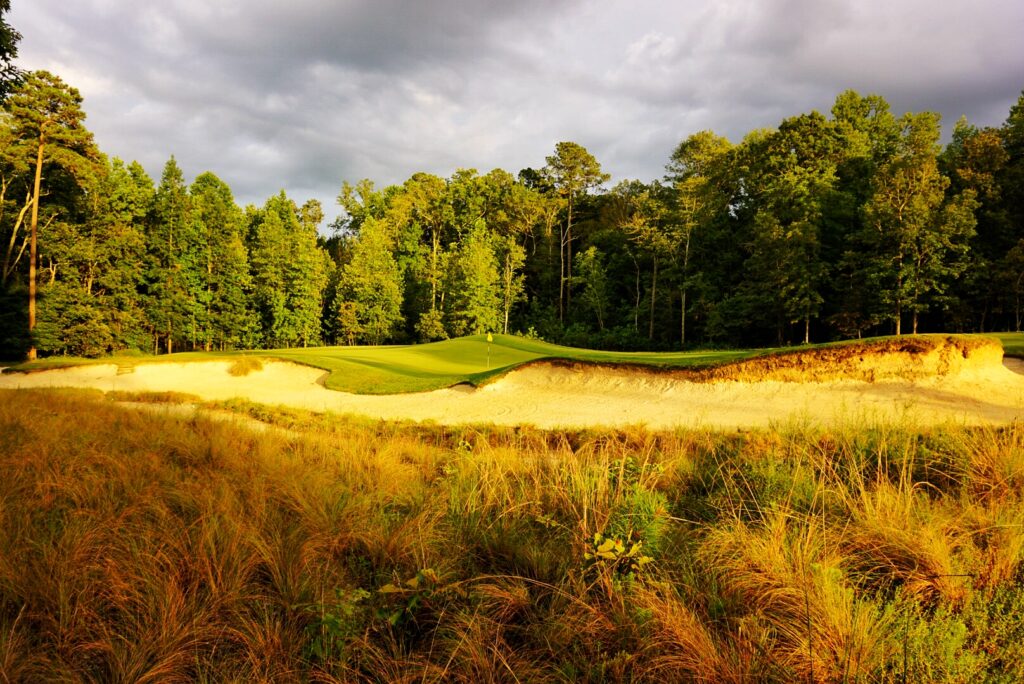
A Few of Our Favorite (Golfing) Things
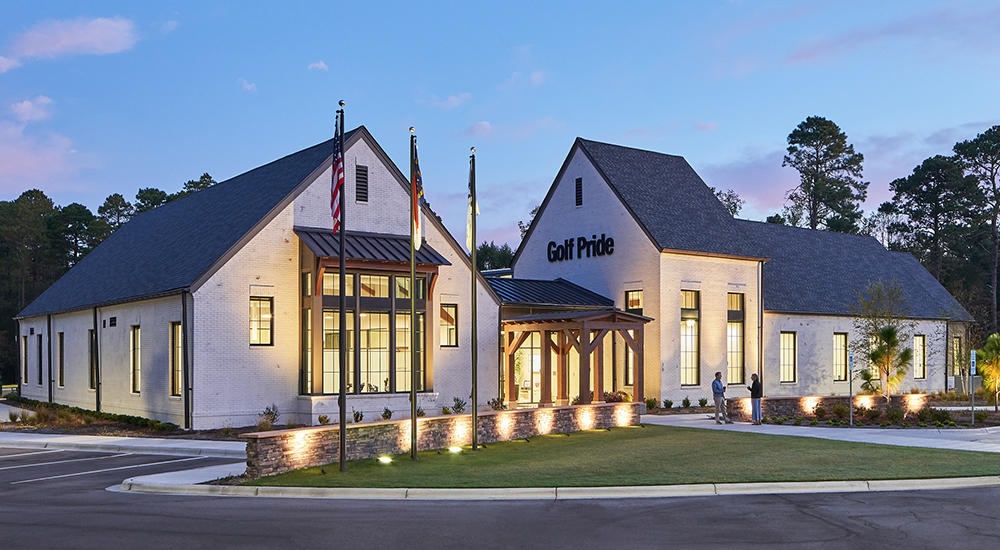
Golf Pride Retail Lab a must-see experience for your Pinehurst itinerary
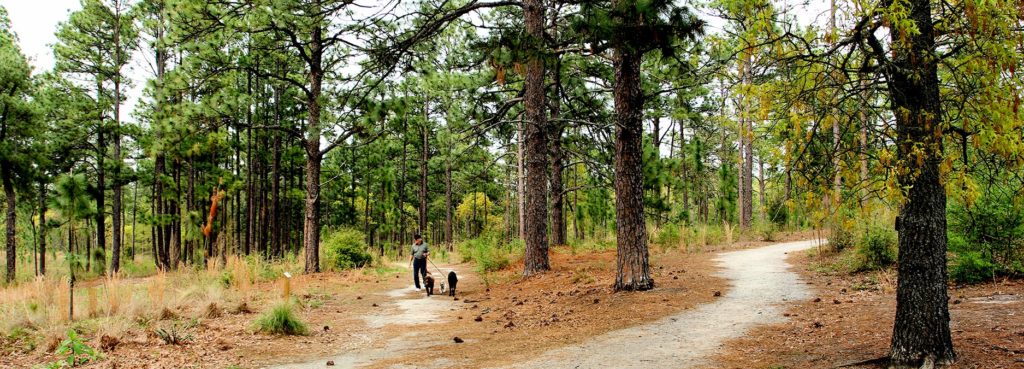
6 Trails to Explore for the Year of the Trail

Pinehurst No. 2 Still Ranked Best Course in NC

Sandhills Ecology 101
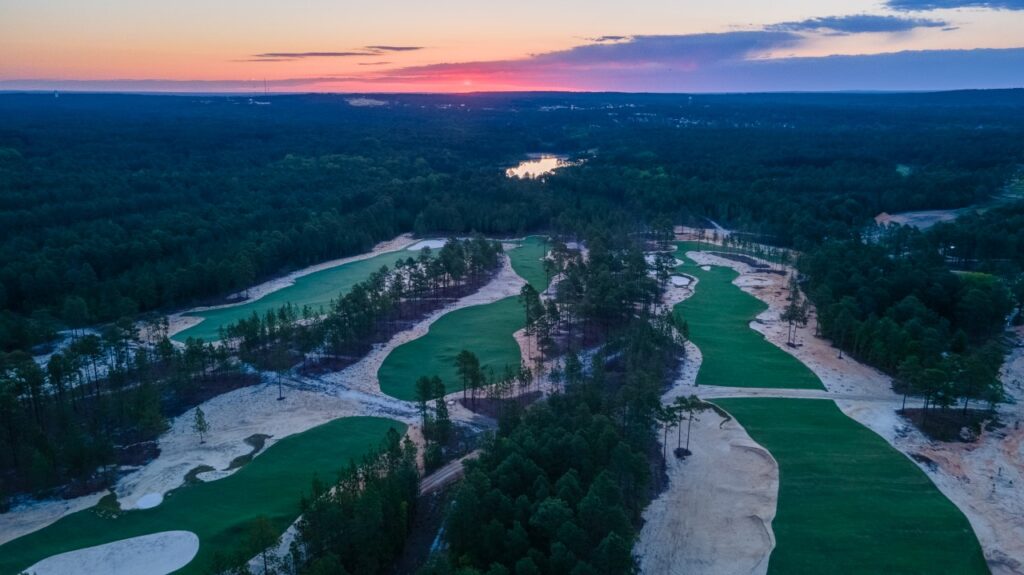
X Marks the 10-Spot

Best Date Night Ideas in the Sandhills
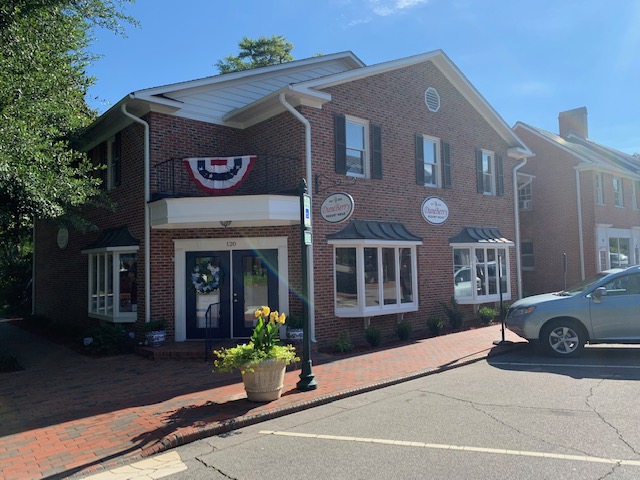
Small Towns Big Style

9 Urban Trails Around Pinehurst Area
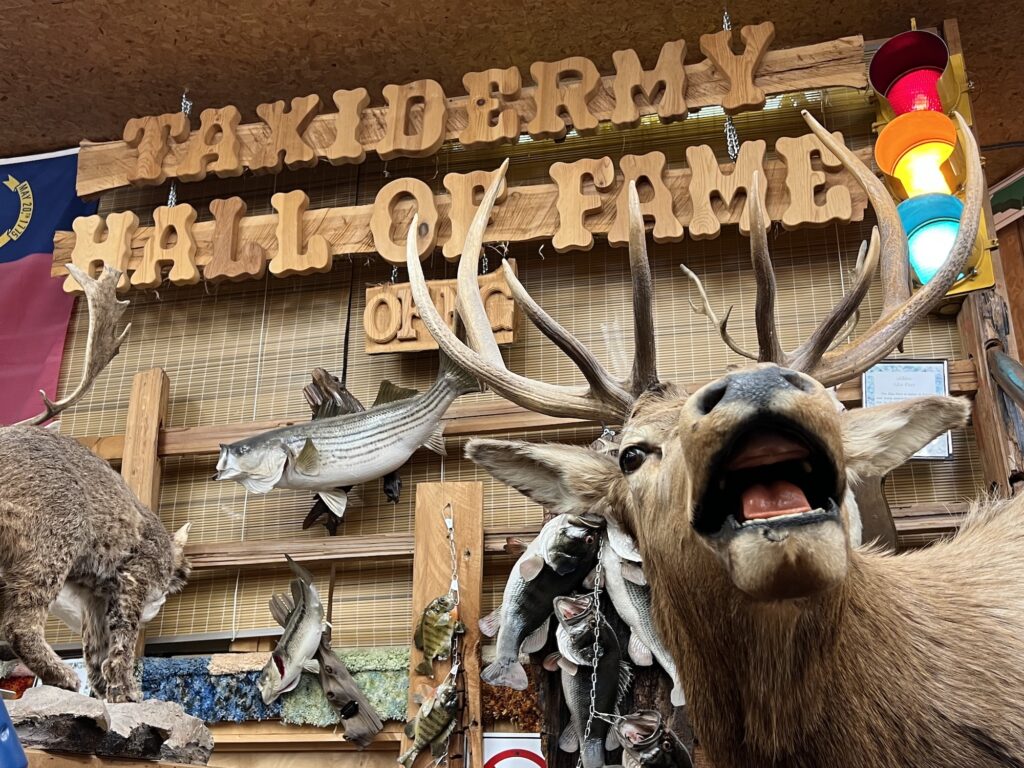
Uniquely Pinehurst

2024 U.S. Open: A Look Ahead

1999 U.S. Open: A Look Back

A Restorative Weekend Getaway at Tanglewood Farm B&B in Southern Pines
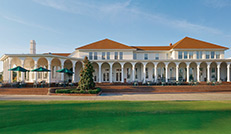
Top Things To Do On A Long Weekend

Independence Day in the Sandhills
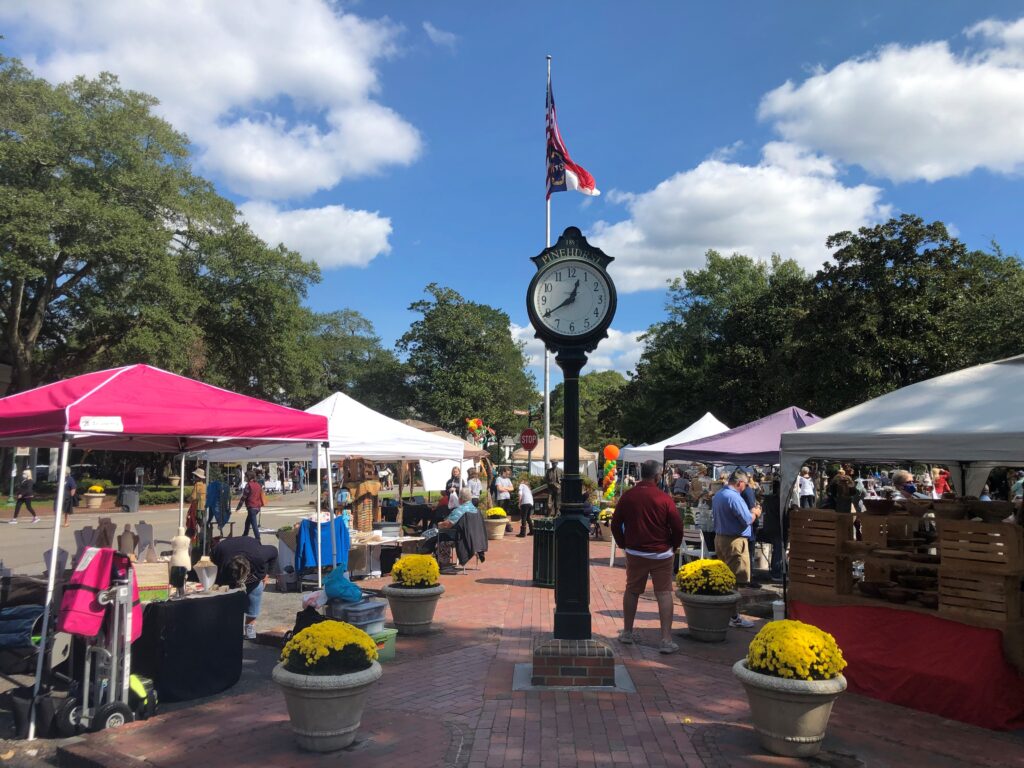
Fall Events Around the Sandhills

Celebrating NC Peaches

Kid You Not
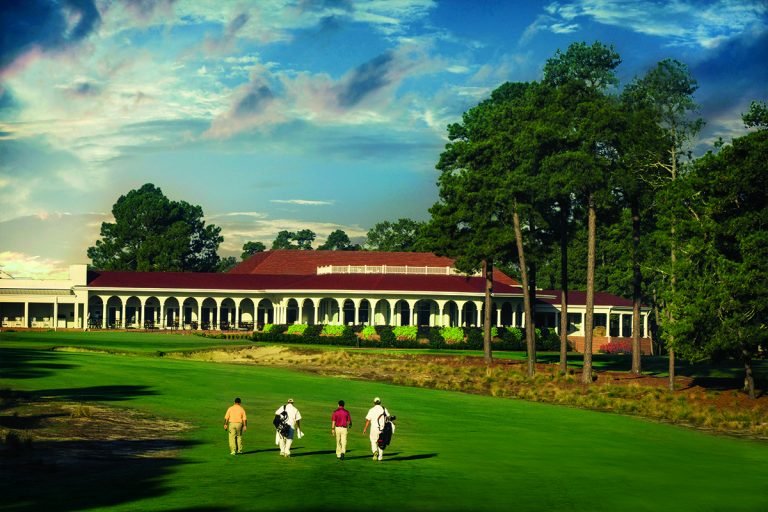
Sleepy Summers No More
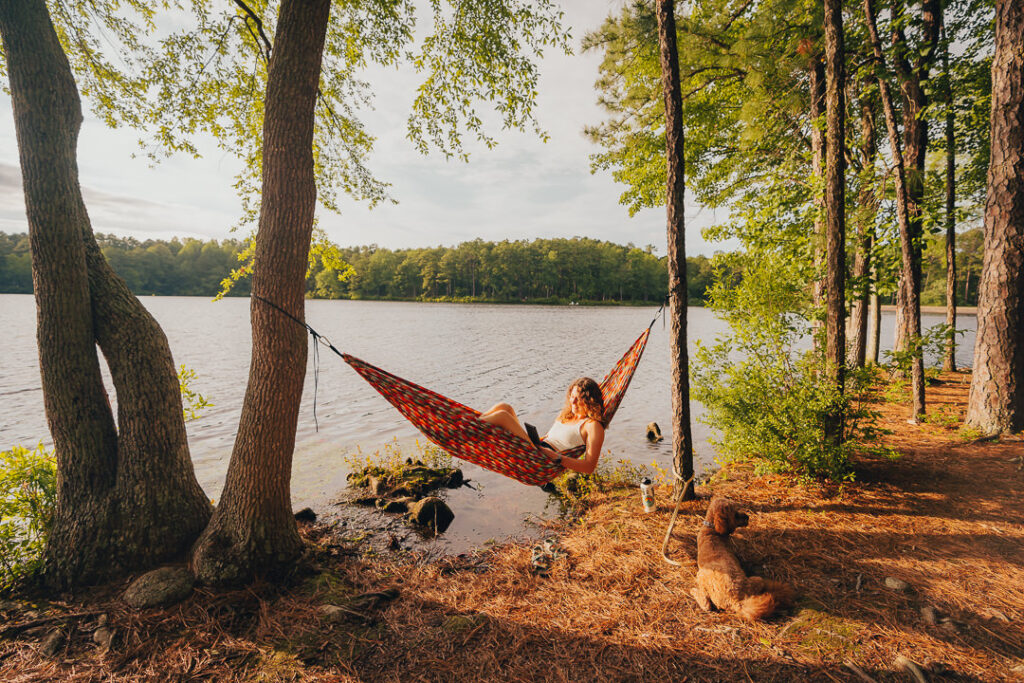
Getting Outside

When They Were Young
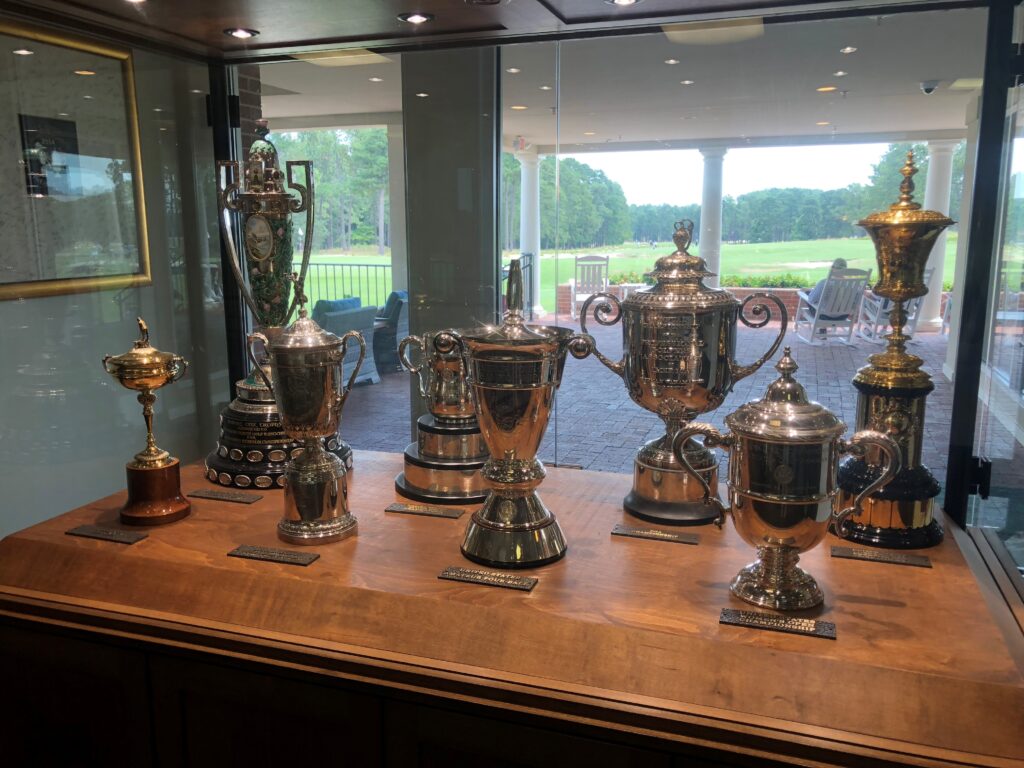
Pinehurst Major-itis

Loving Our Black & Whites
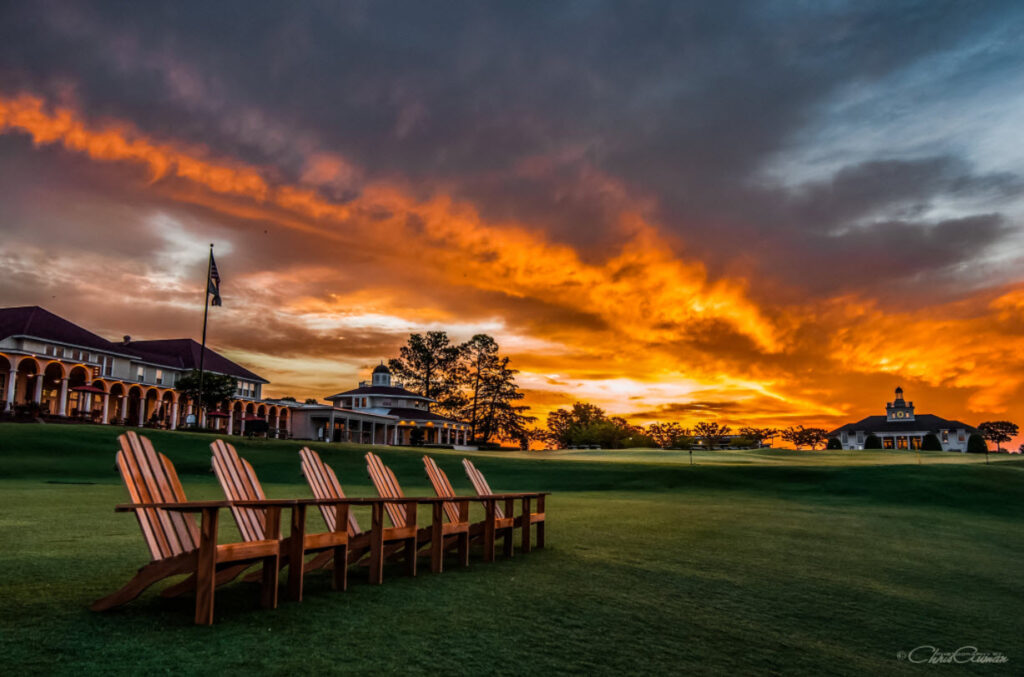
Lens of the Sandhills

Festival D’avion Named as Signature Event
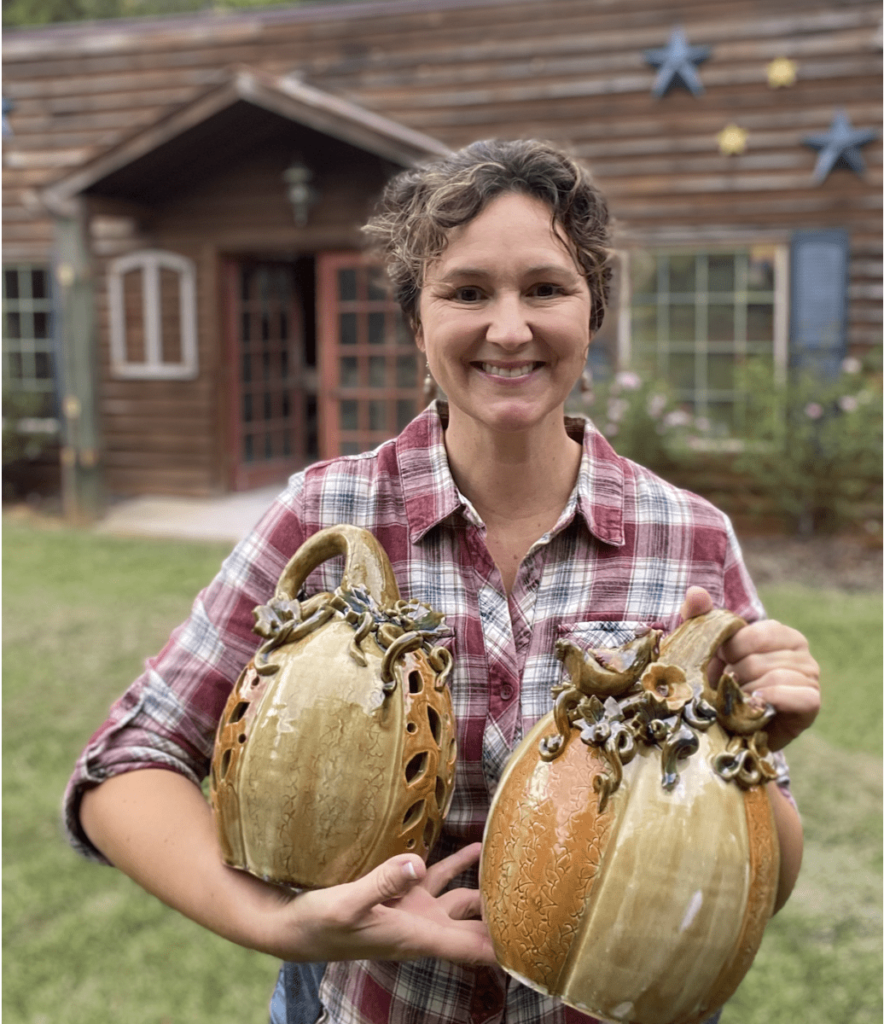
Celebrate American Craft Week

Act Two for Tot Hill Farm
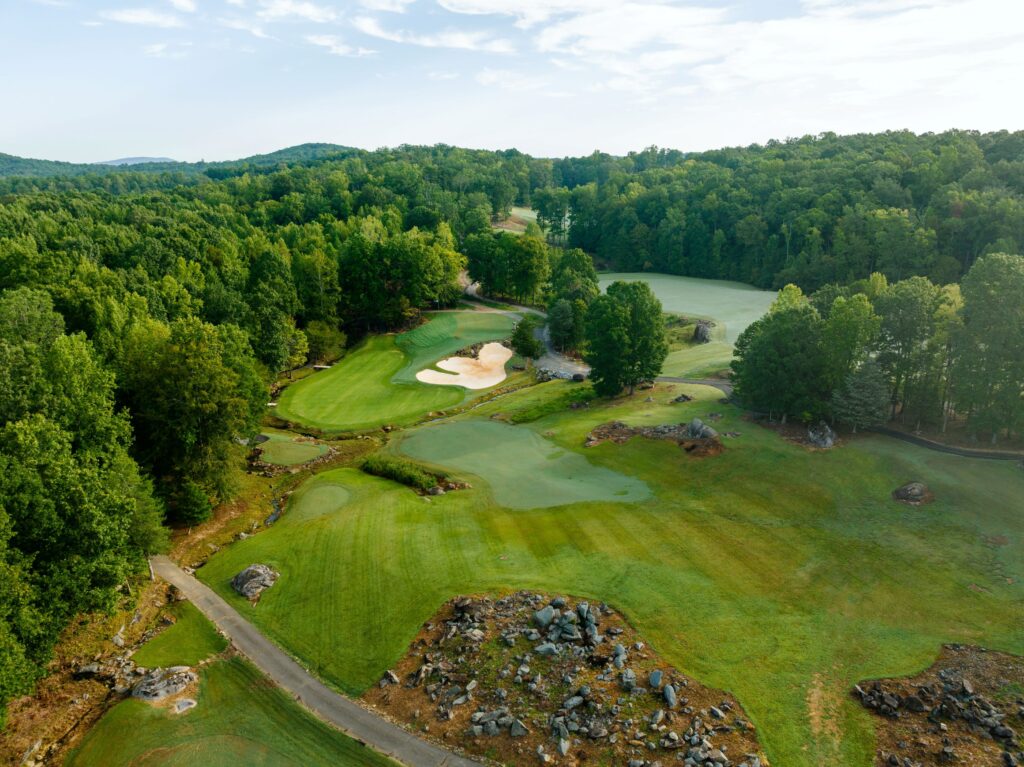
An Artist in the Dirt
Legends of the Pines

Breakfast Joints of the Sandhills

The Scottish Invasion

To Dornoch and Back
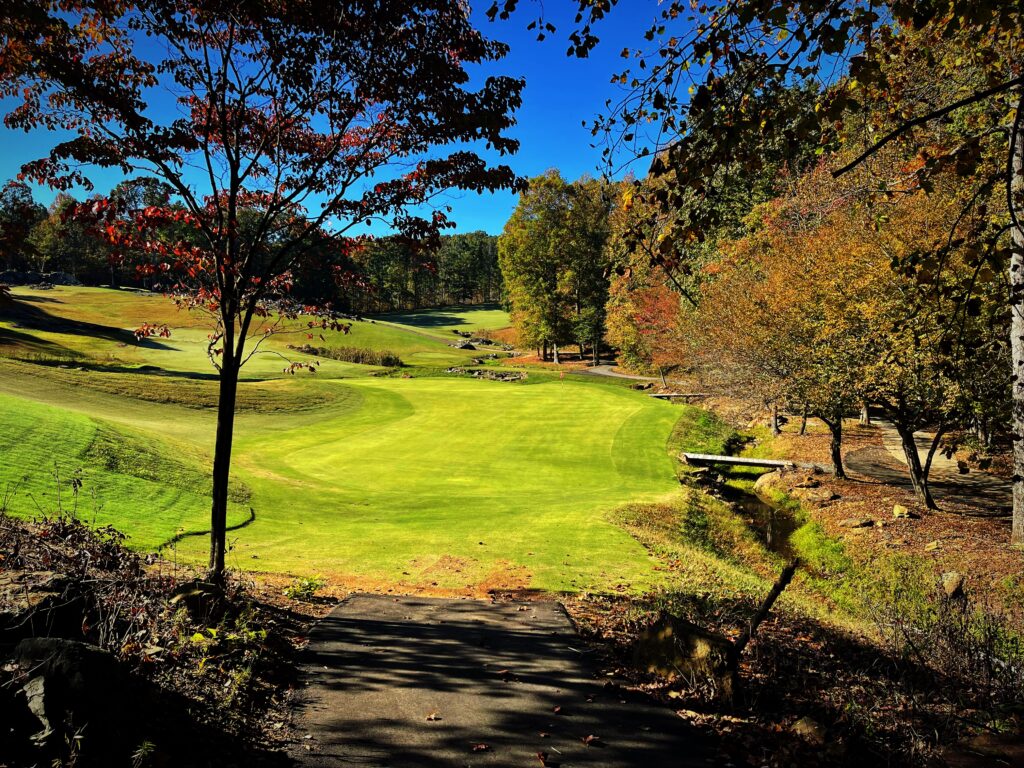
A “New” Pinehurst Welcomes the World in 2024
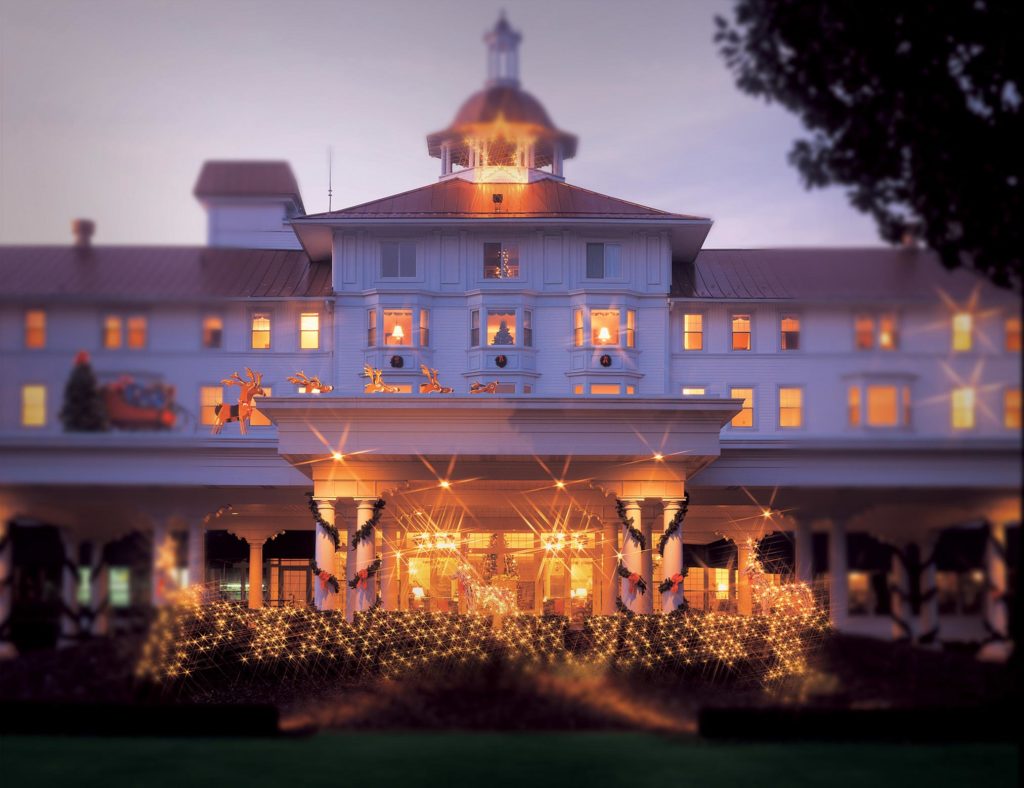
Pinehurst Holiday
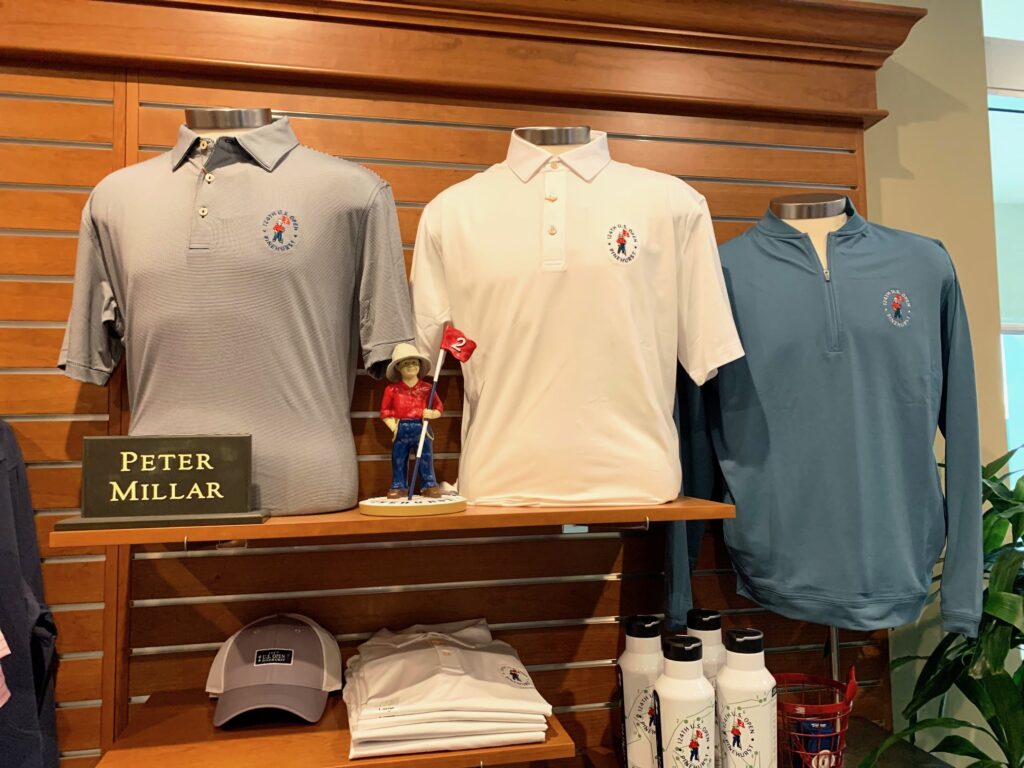
Golfers Gift Guide
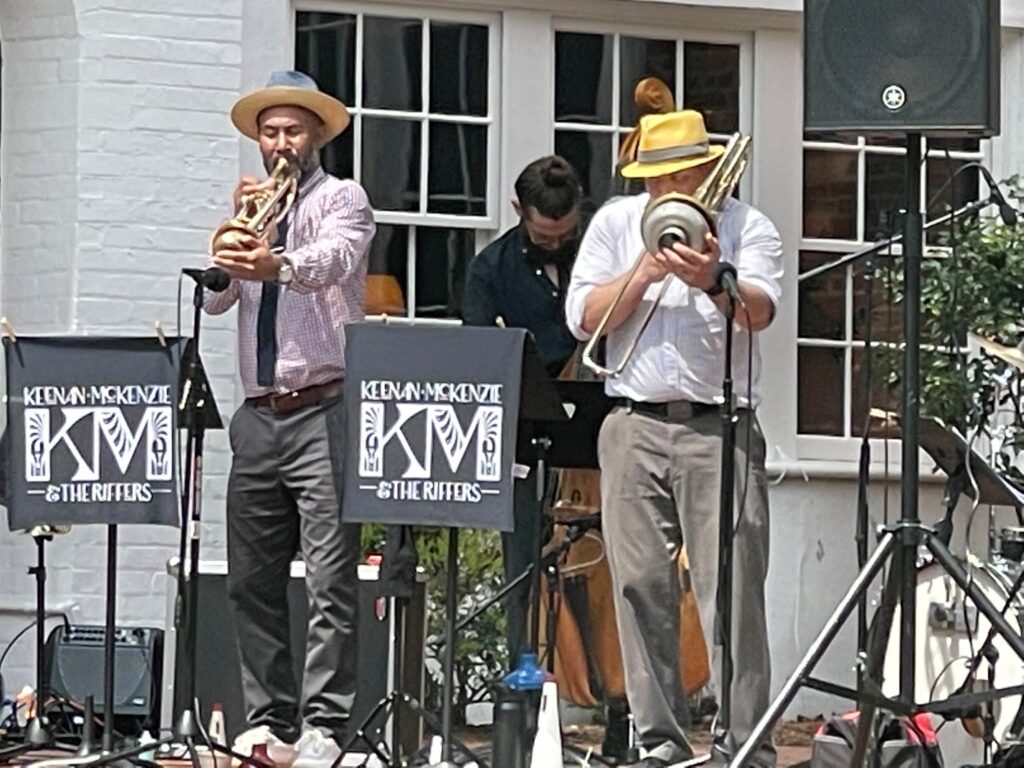
Sandhills Nightlife Scene

A U.S. Open Year
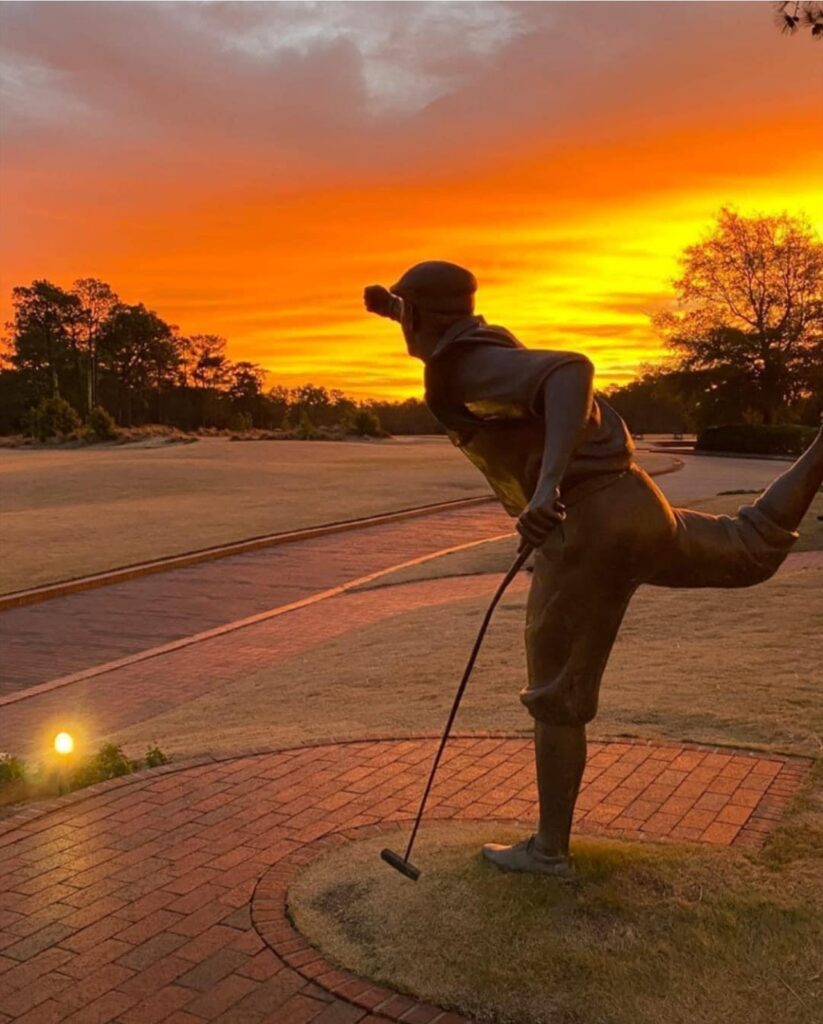
Payne at 25

Where to Antique in Cameron and Carthage

Girls’ Weekend in Moore County
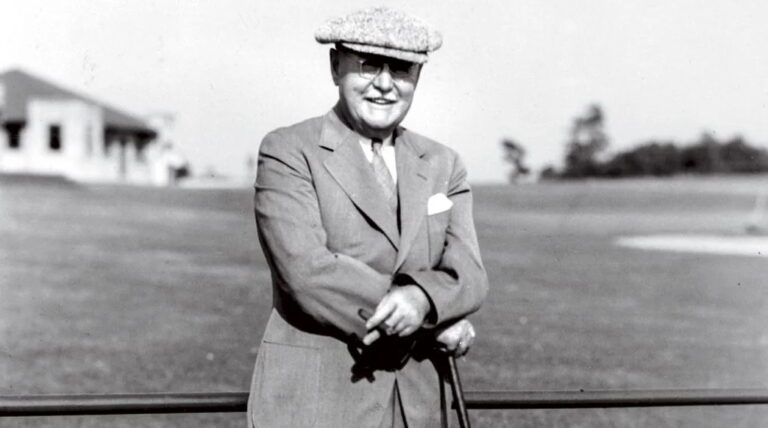
Sandhills Hall of Fame
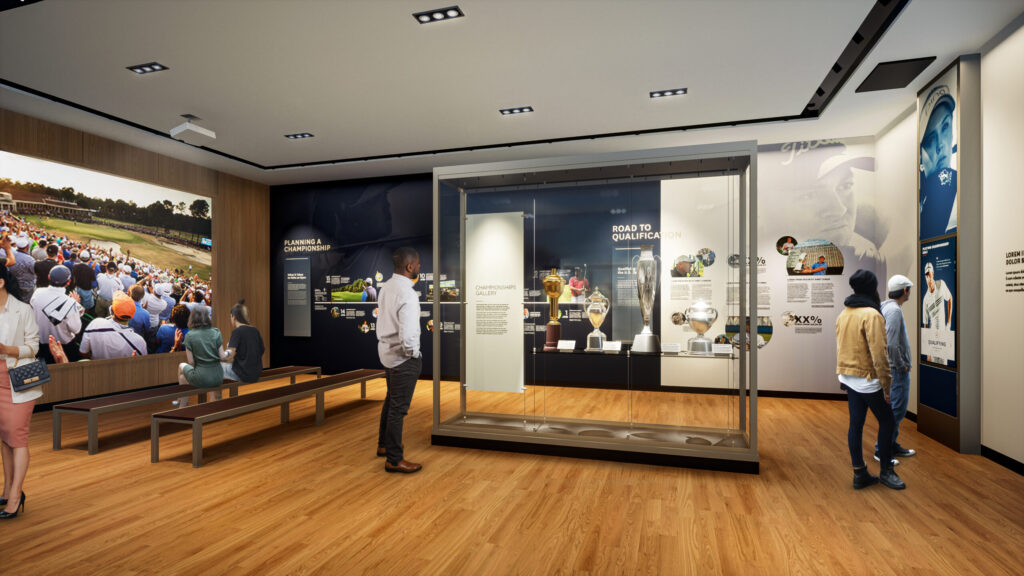
Hall of Fame Take Two
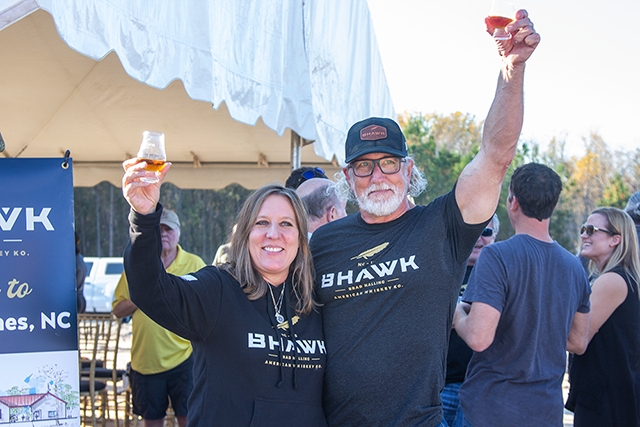
BHAWK Distillery Toasts Military Spirit

A Dozen Master Strokes
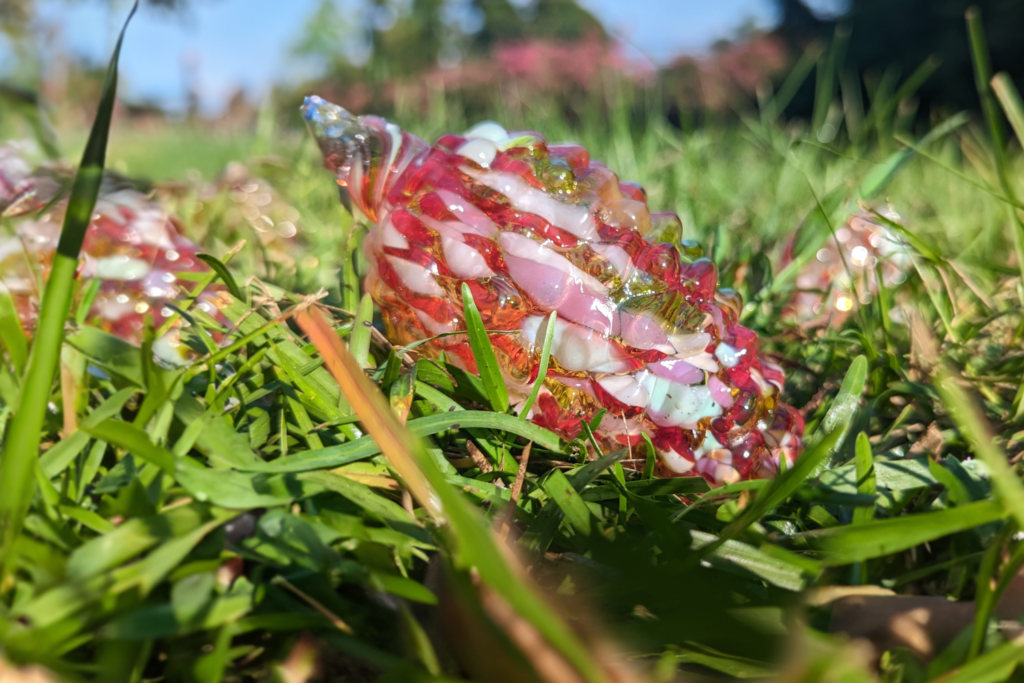
Popular Pinecone Pathways Returns for Spring 2024
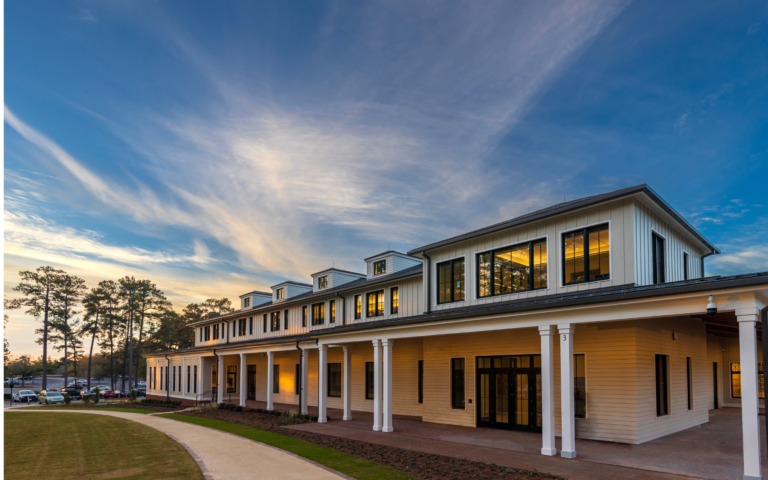
The Dynamic Decade
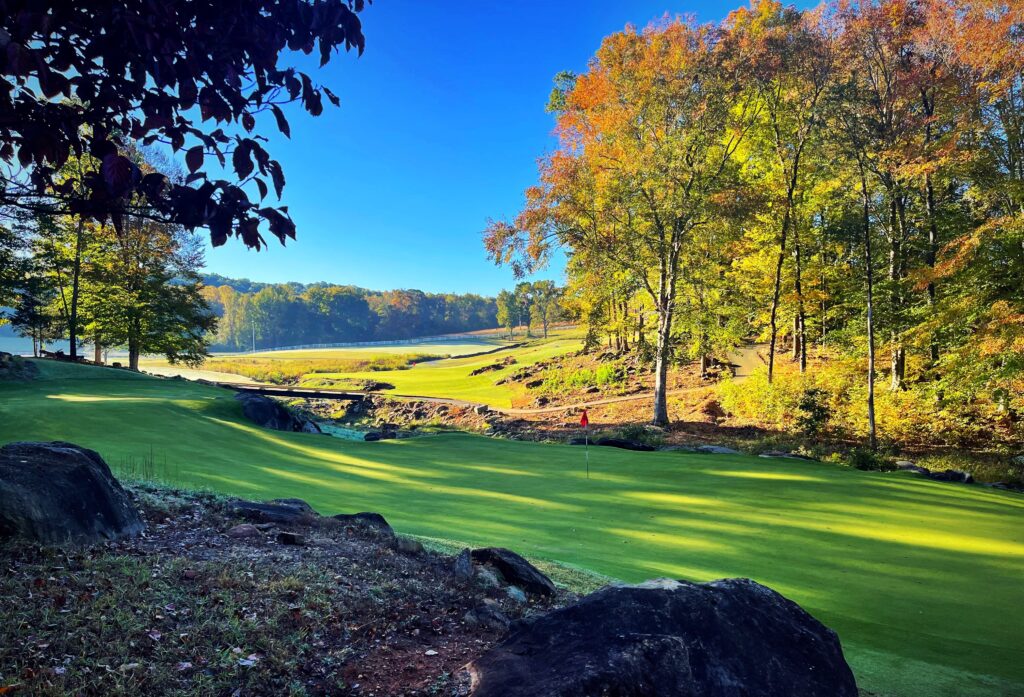
Sandhills Pours Double Dose
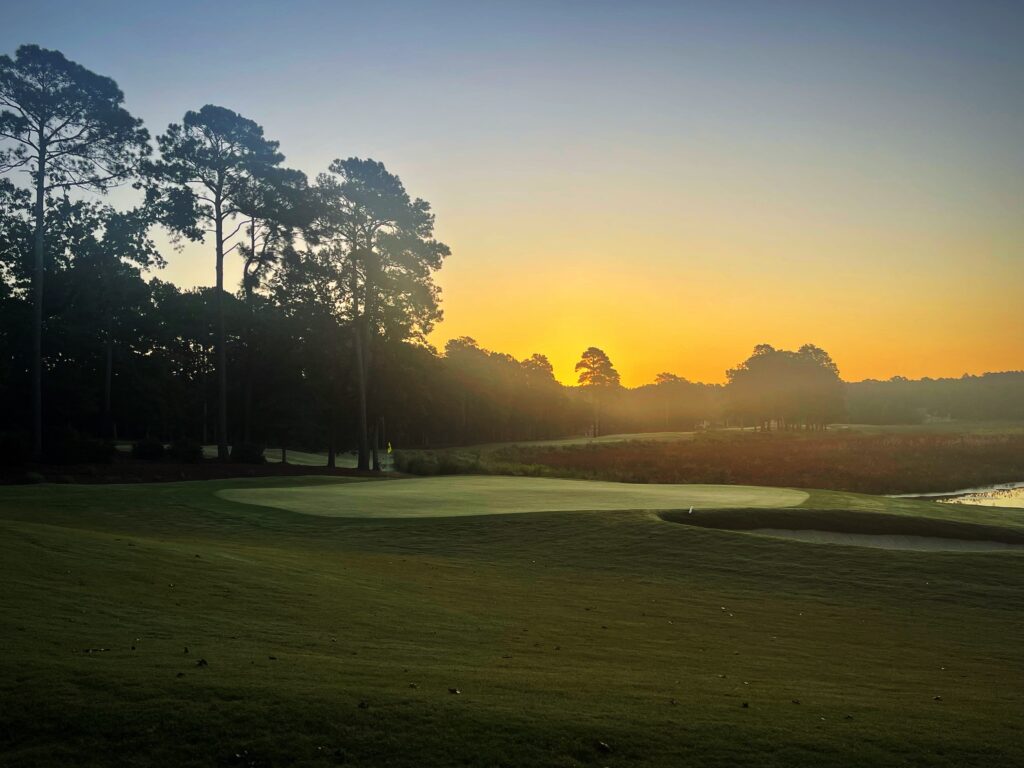
Rebirth at Woodlake
Pints in the Pines: A Guide to the Breweries of the Sandhills

